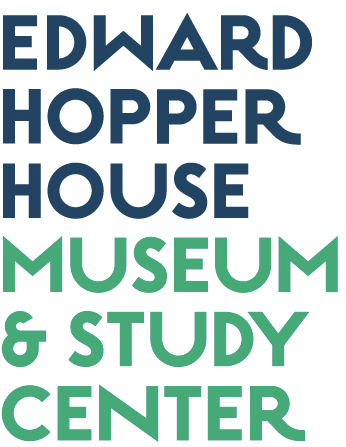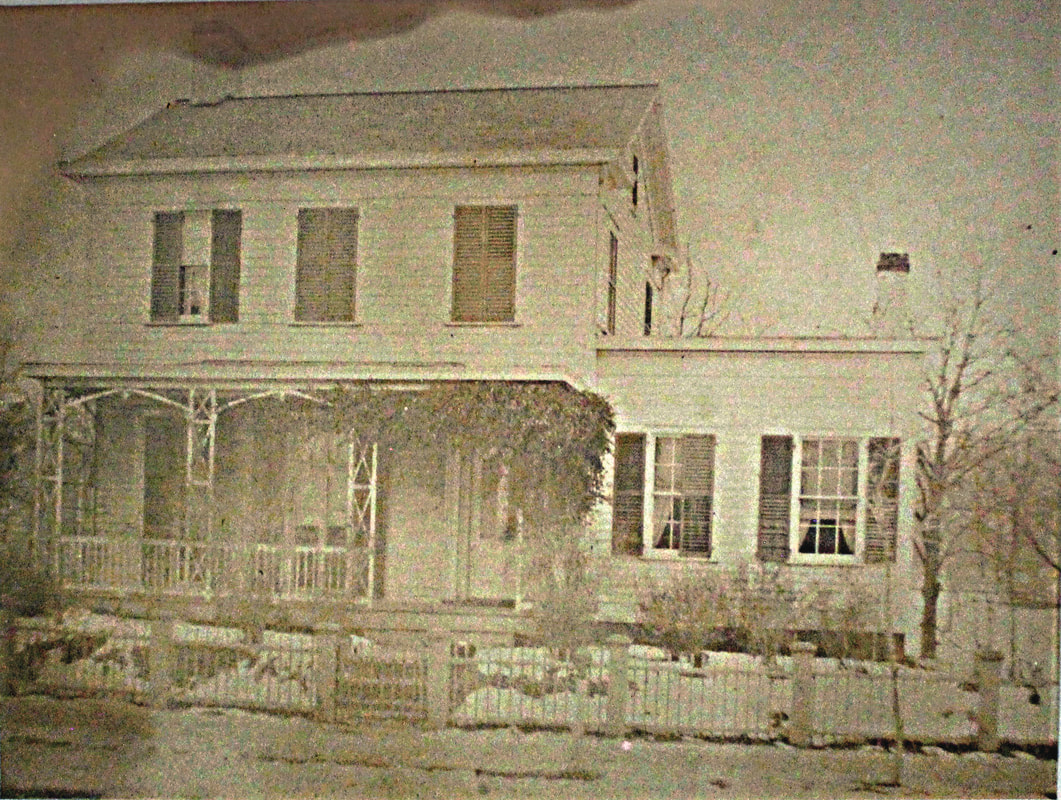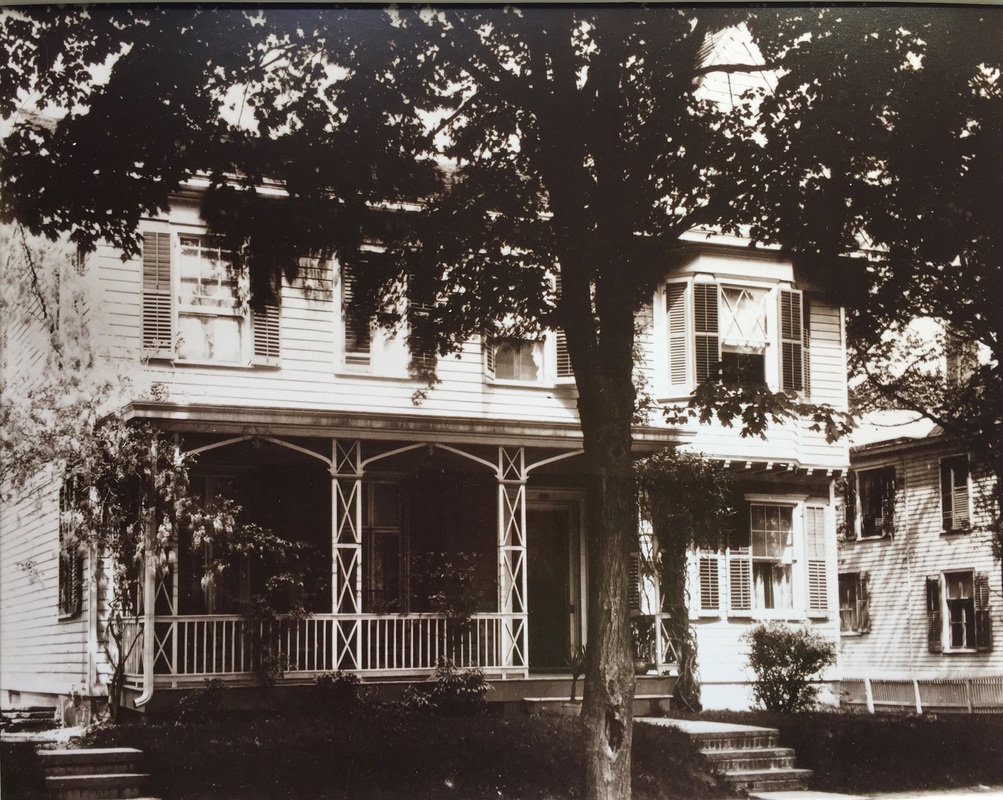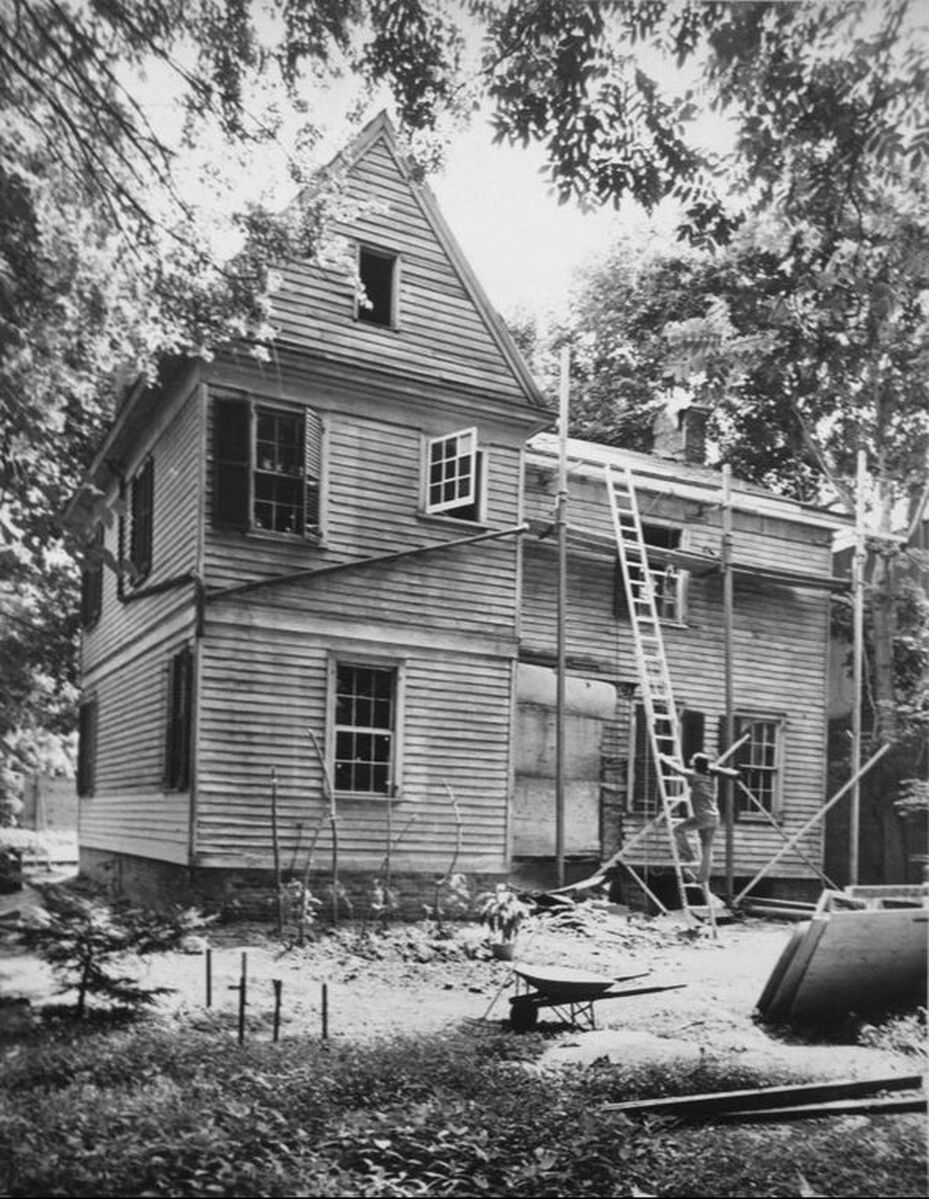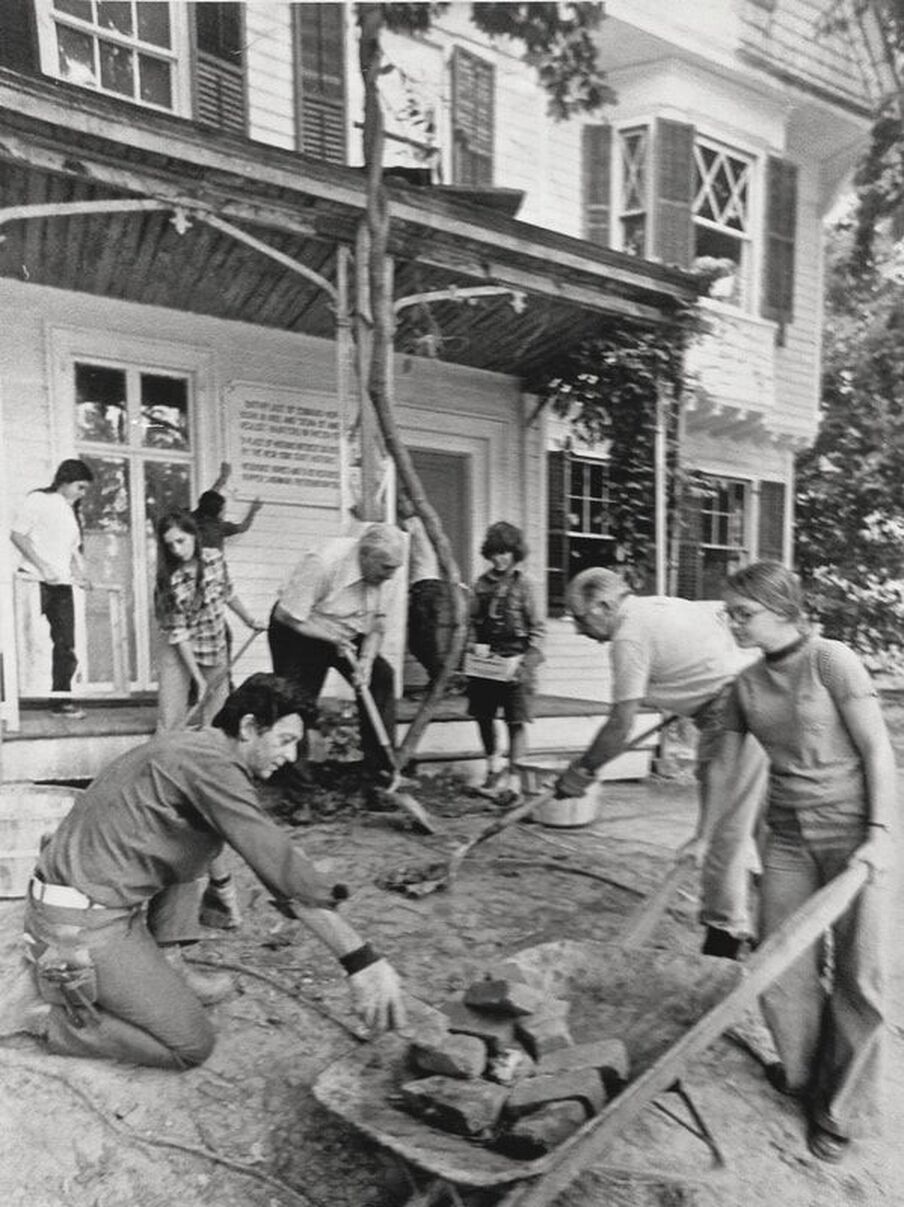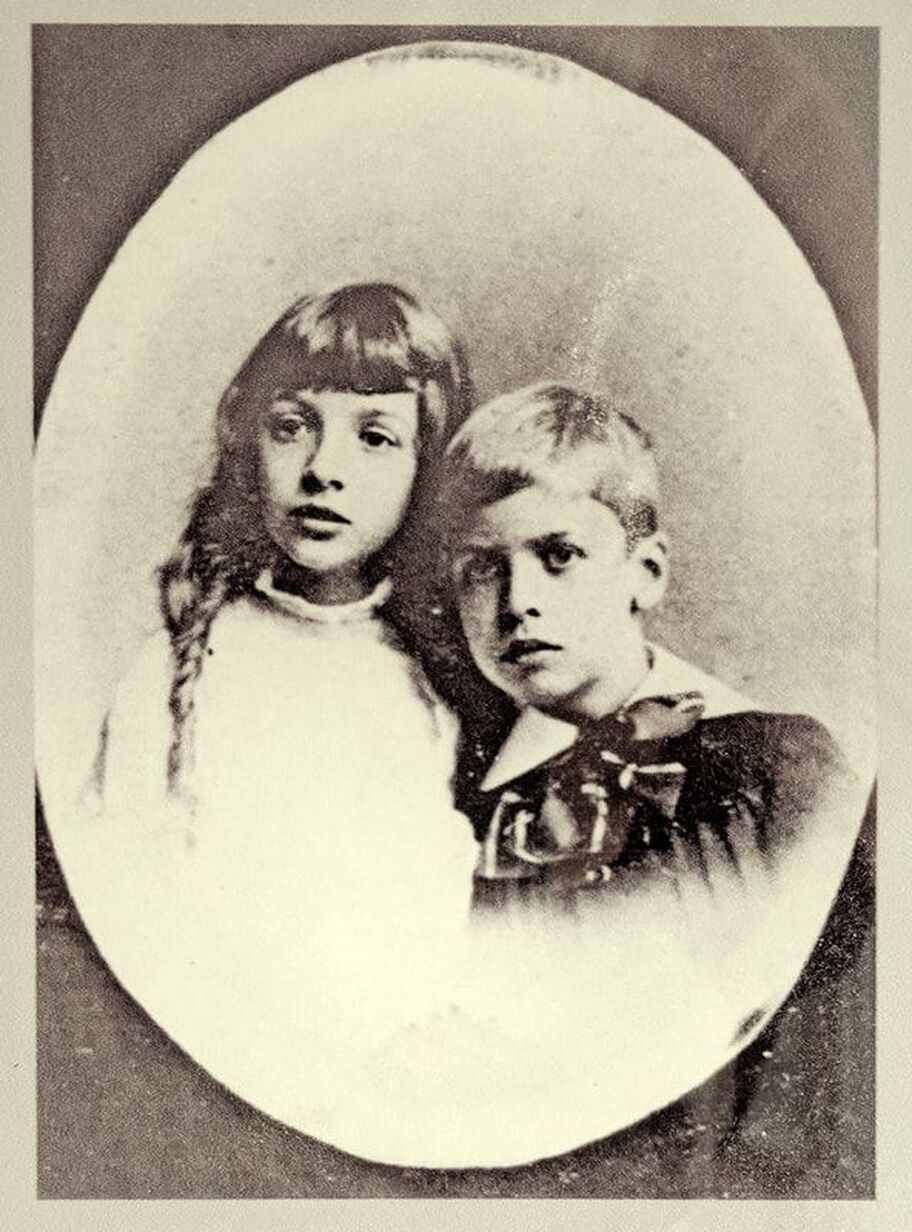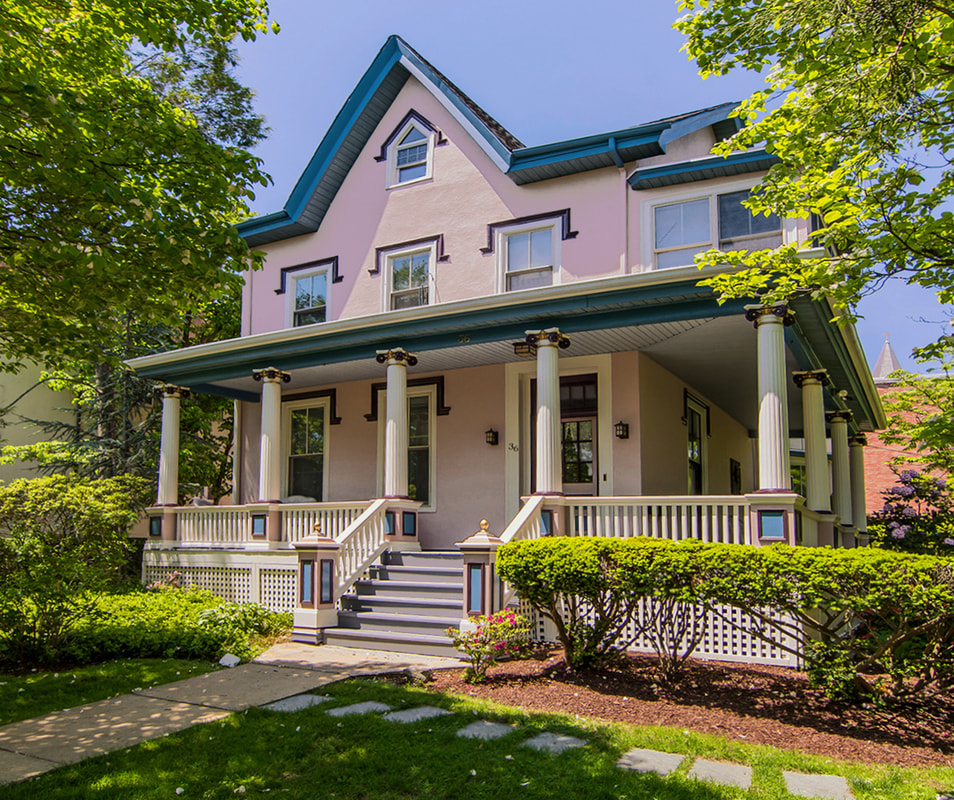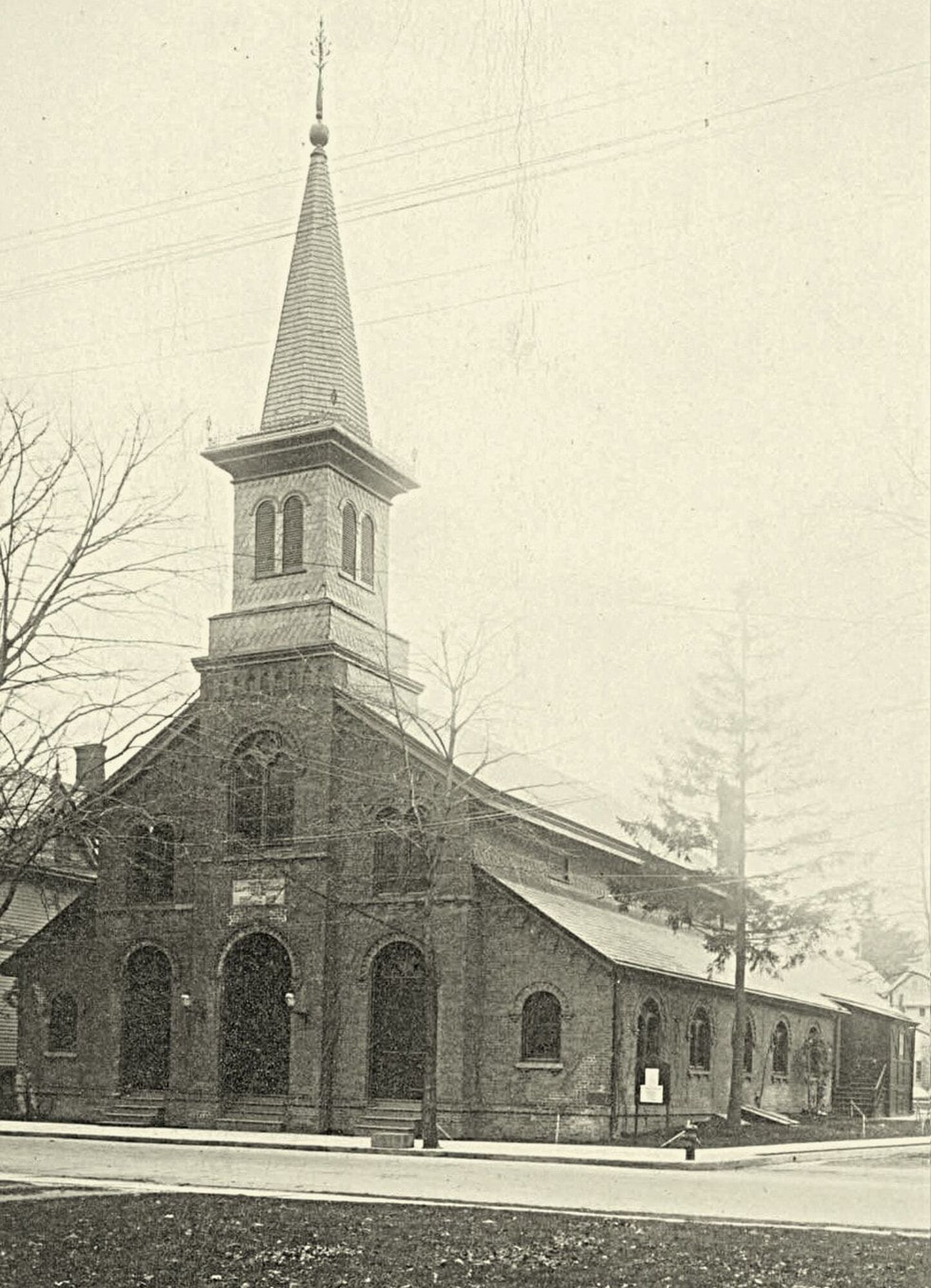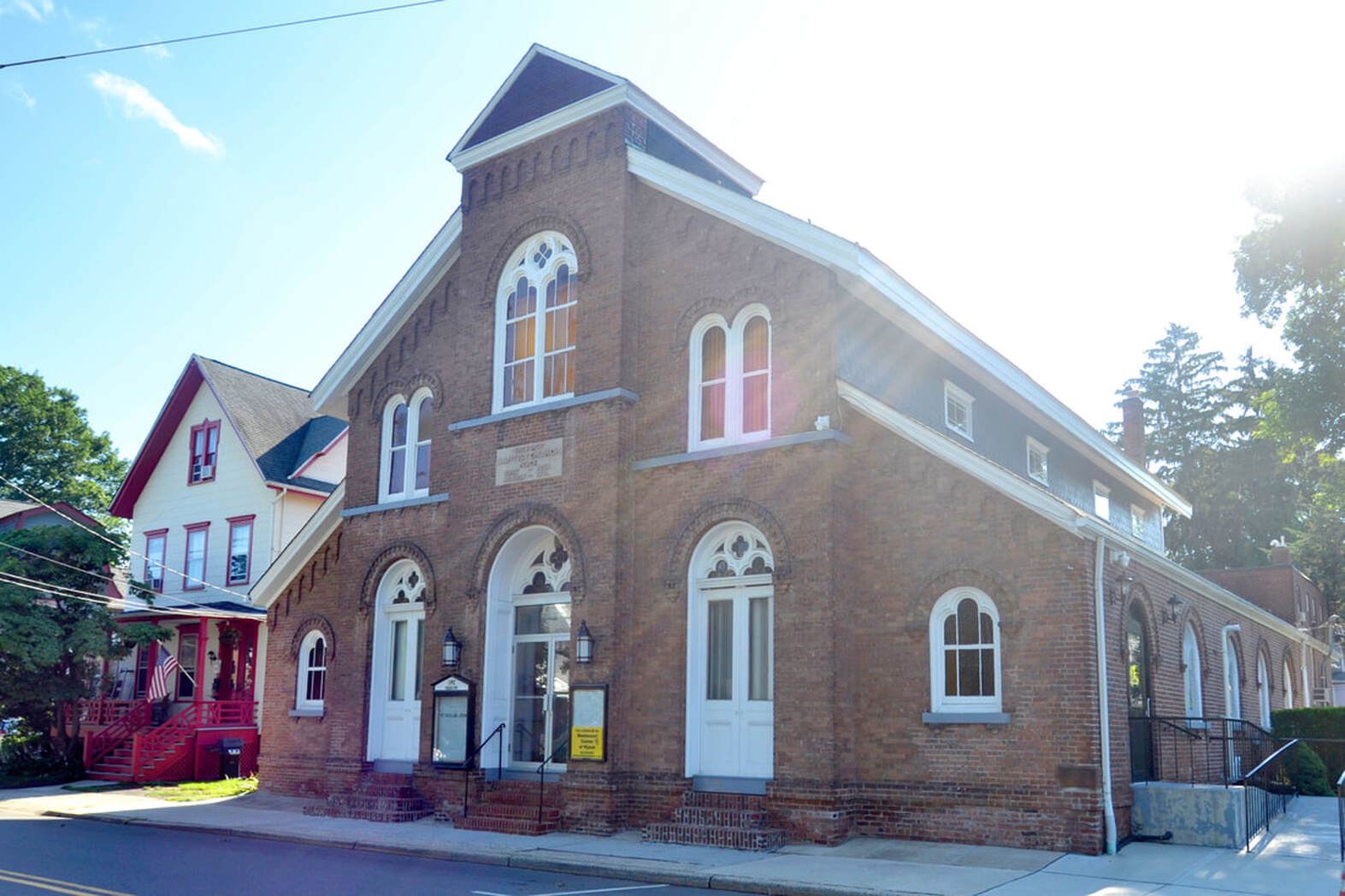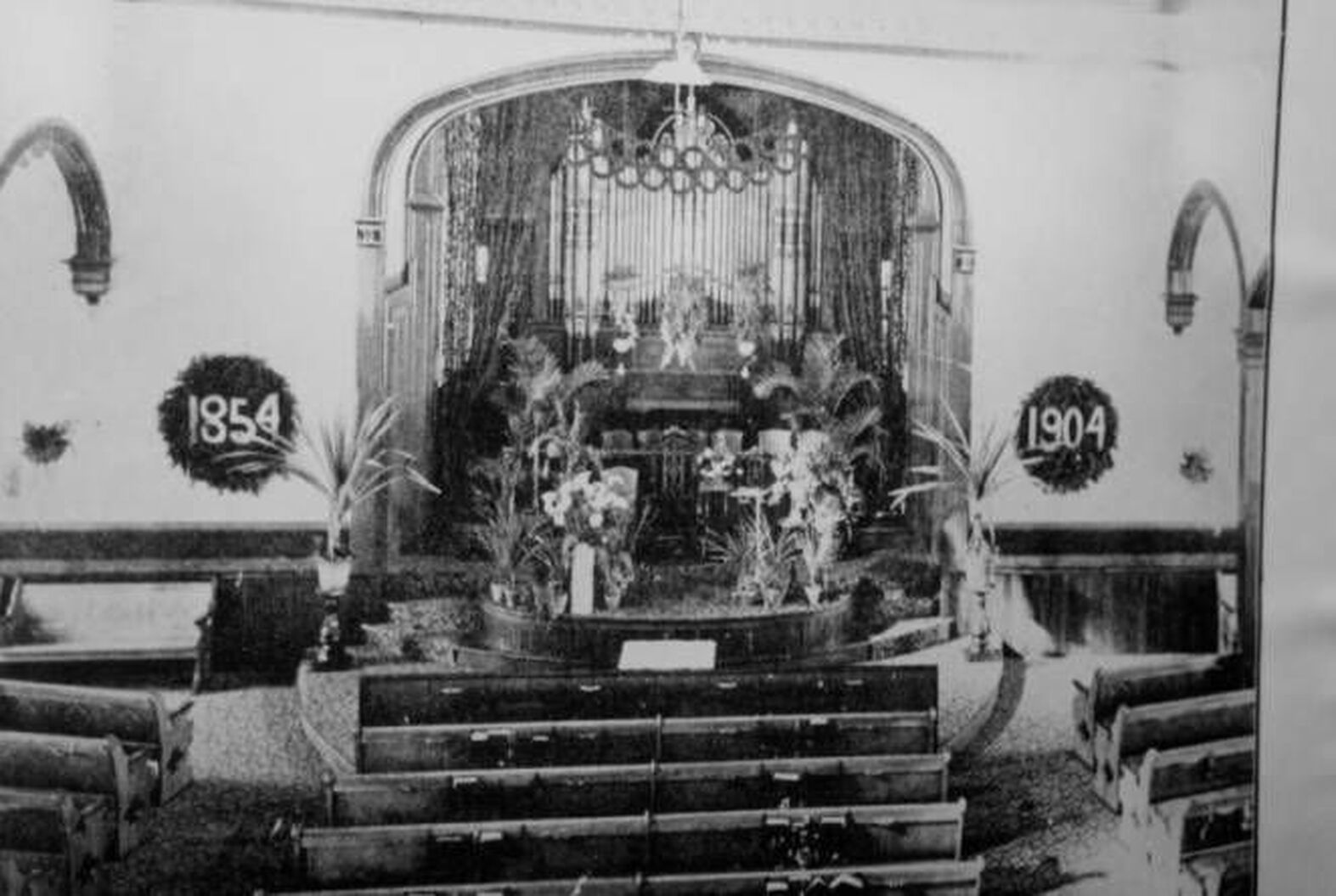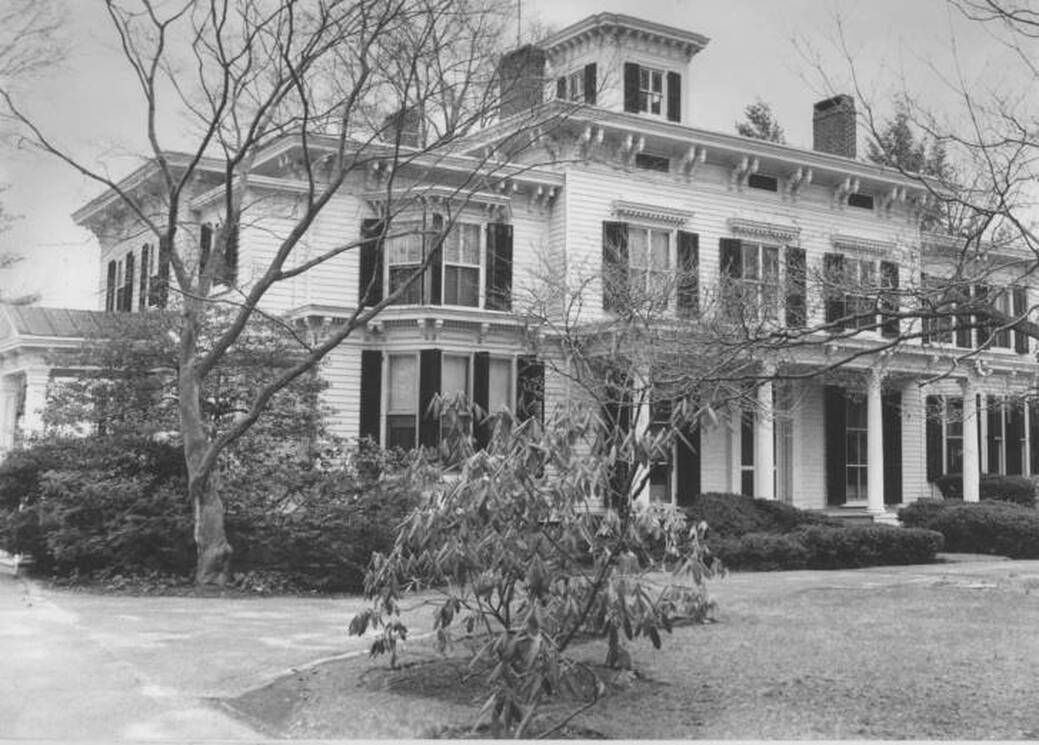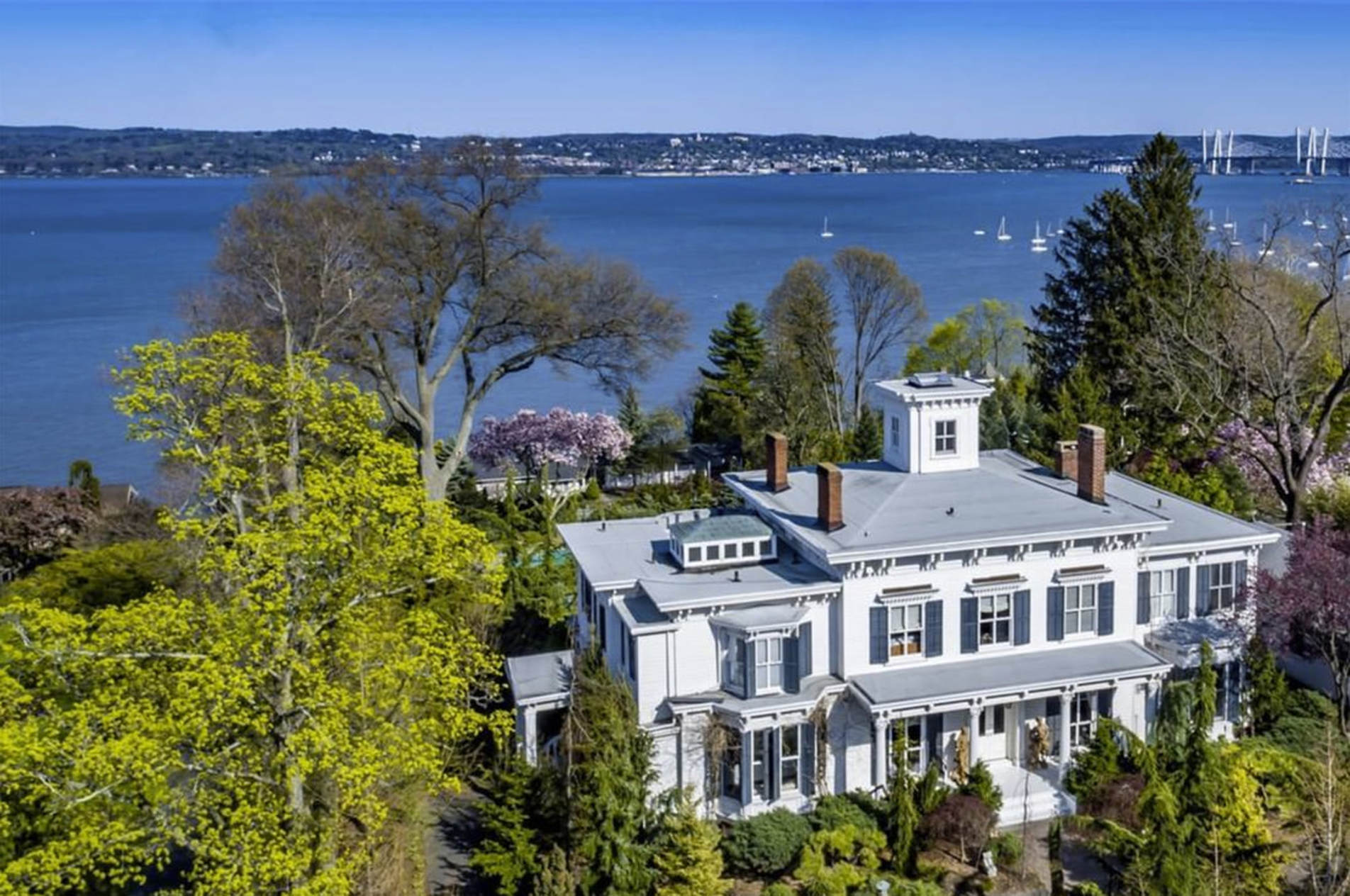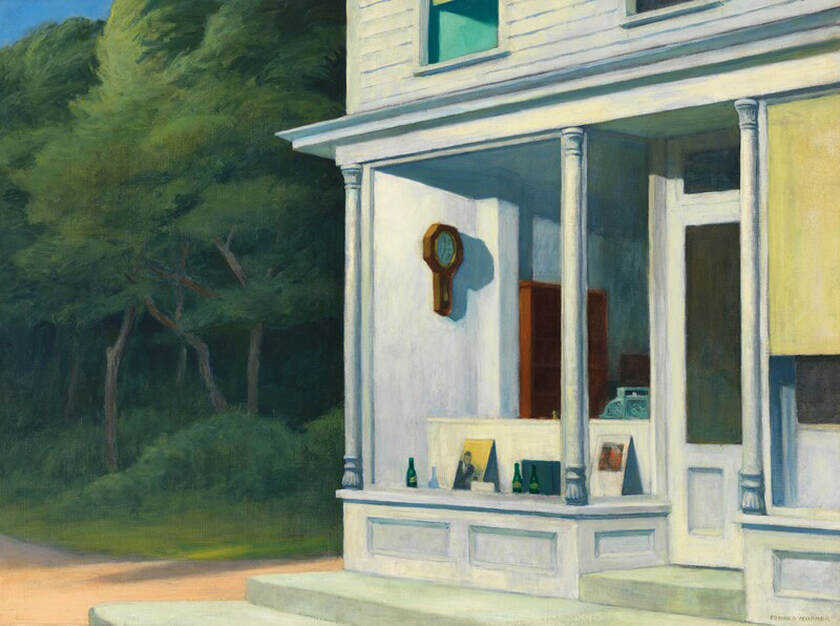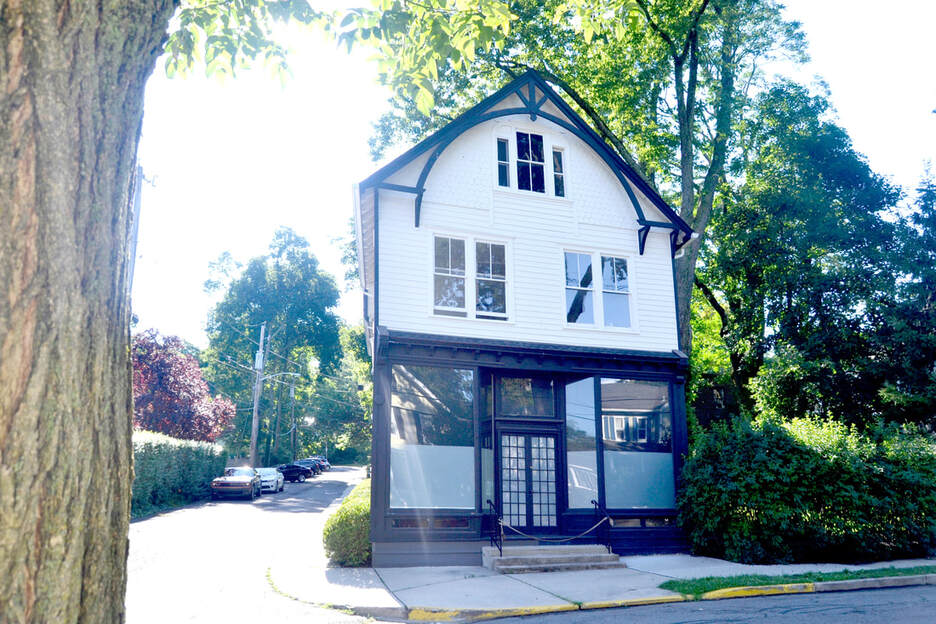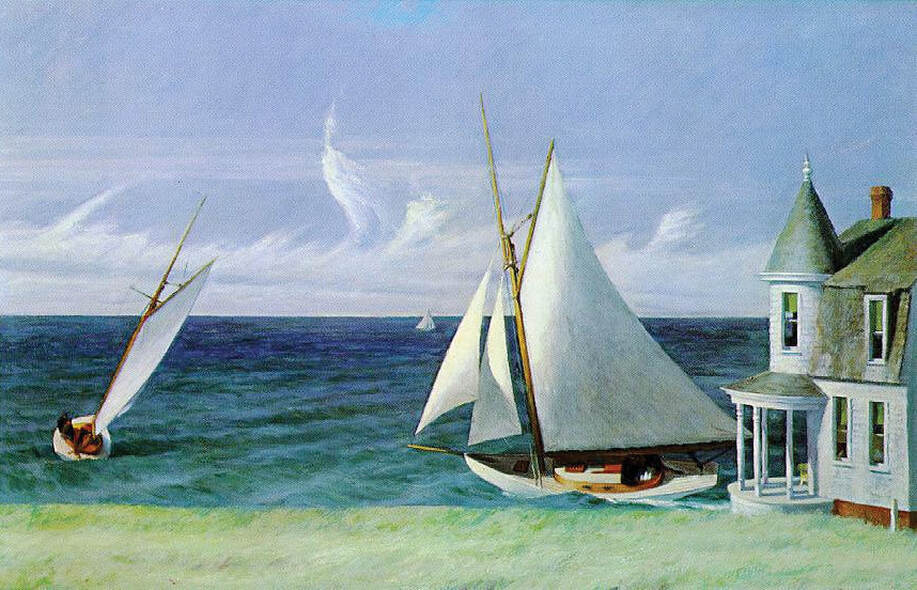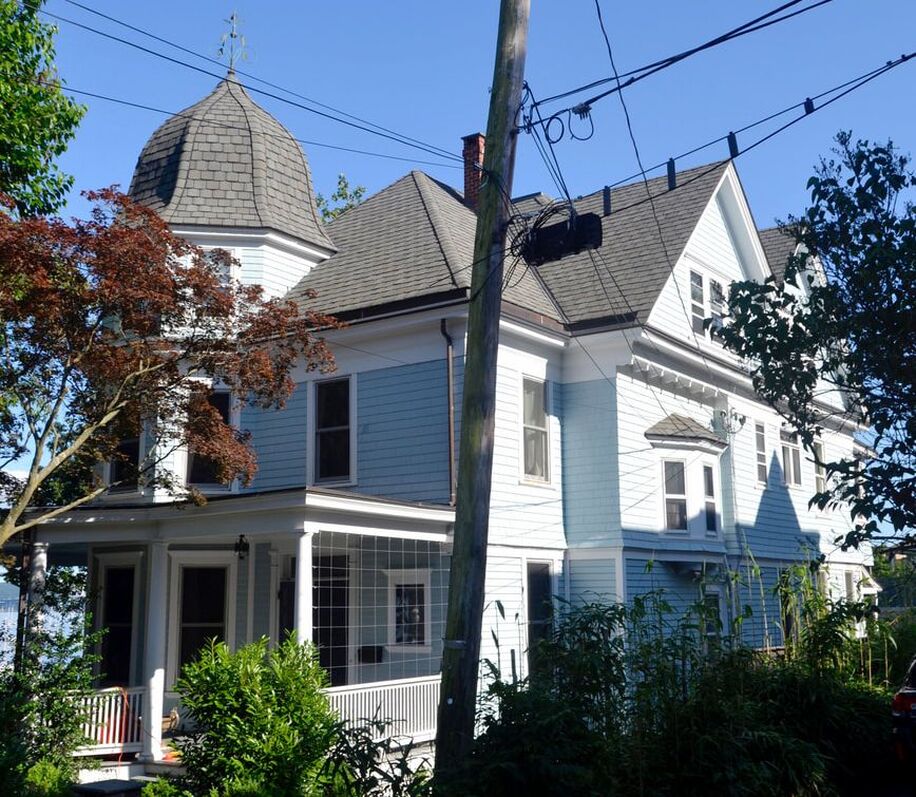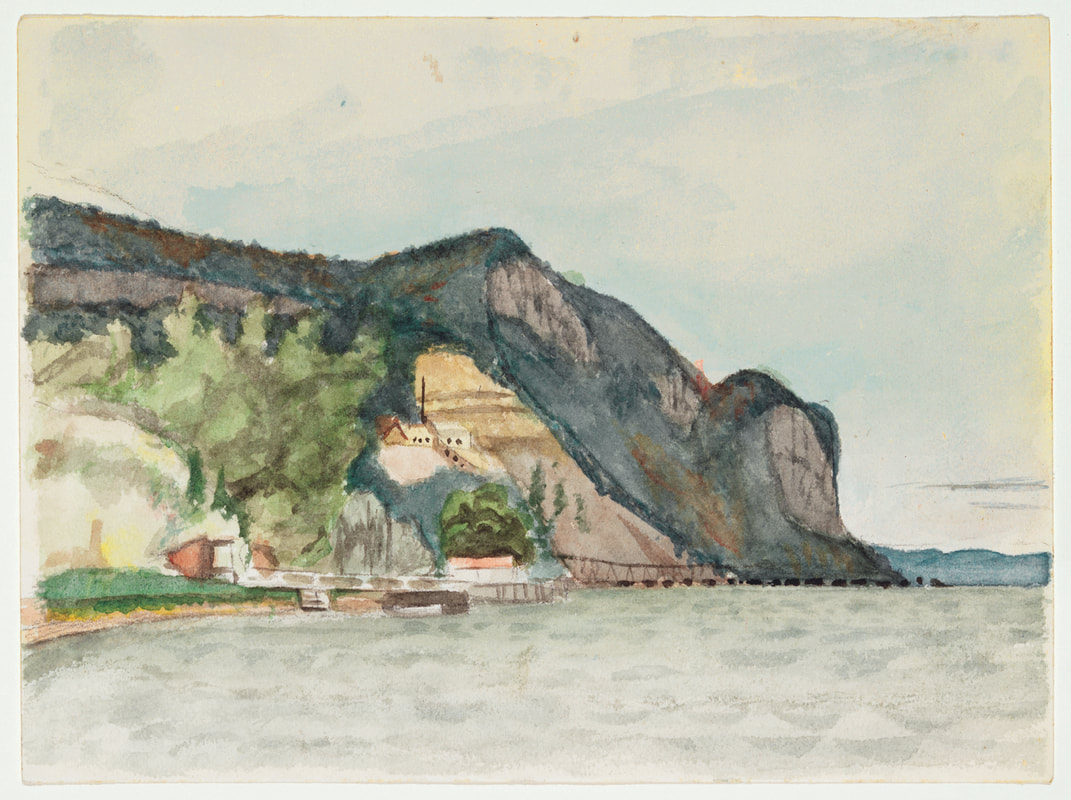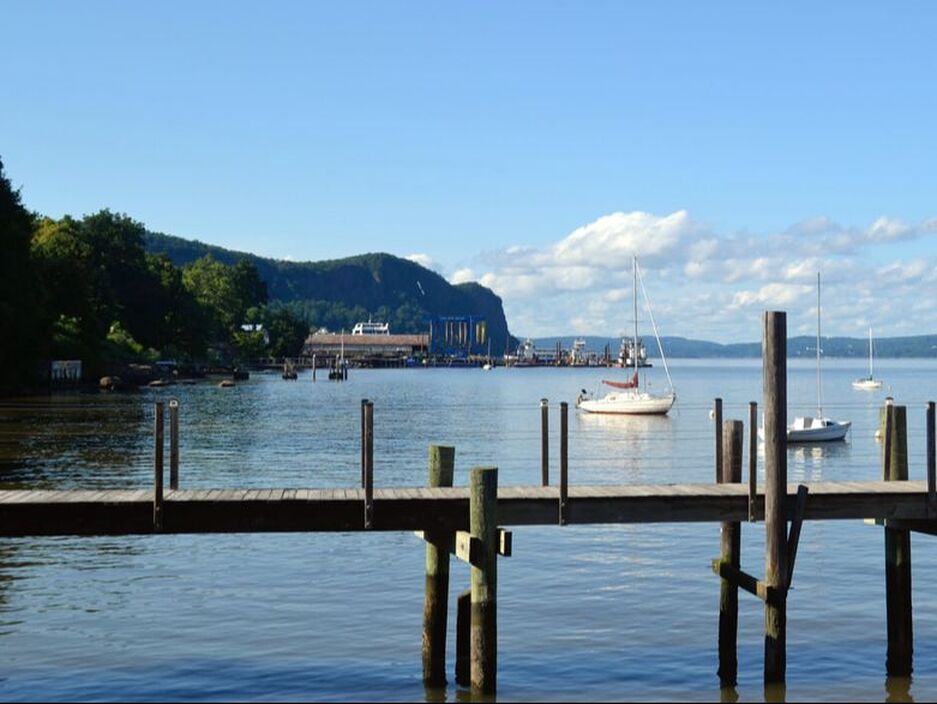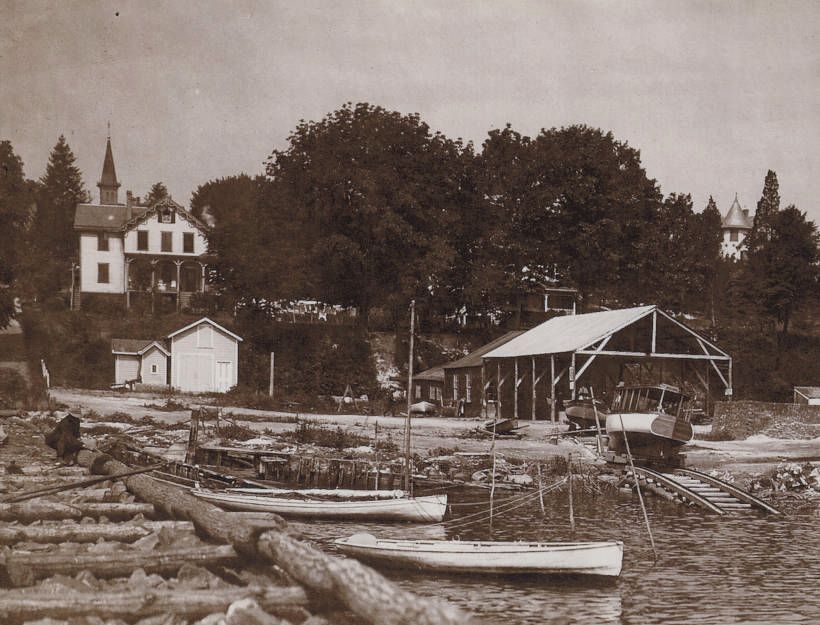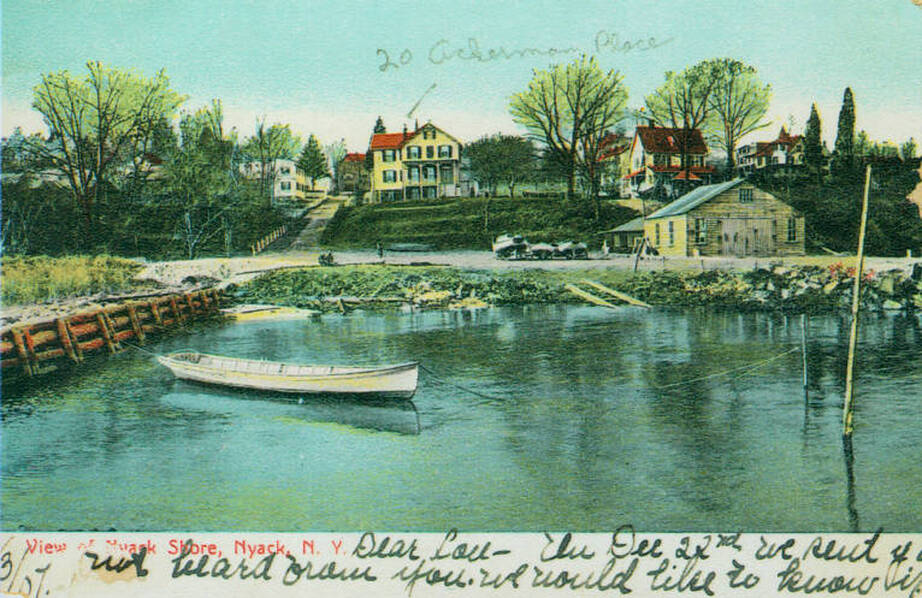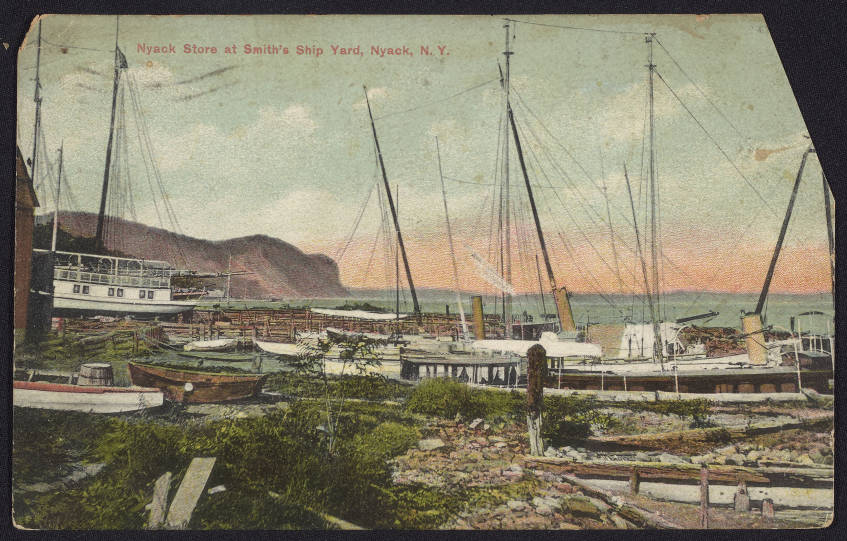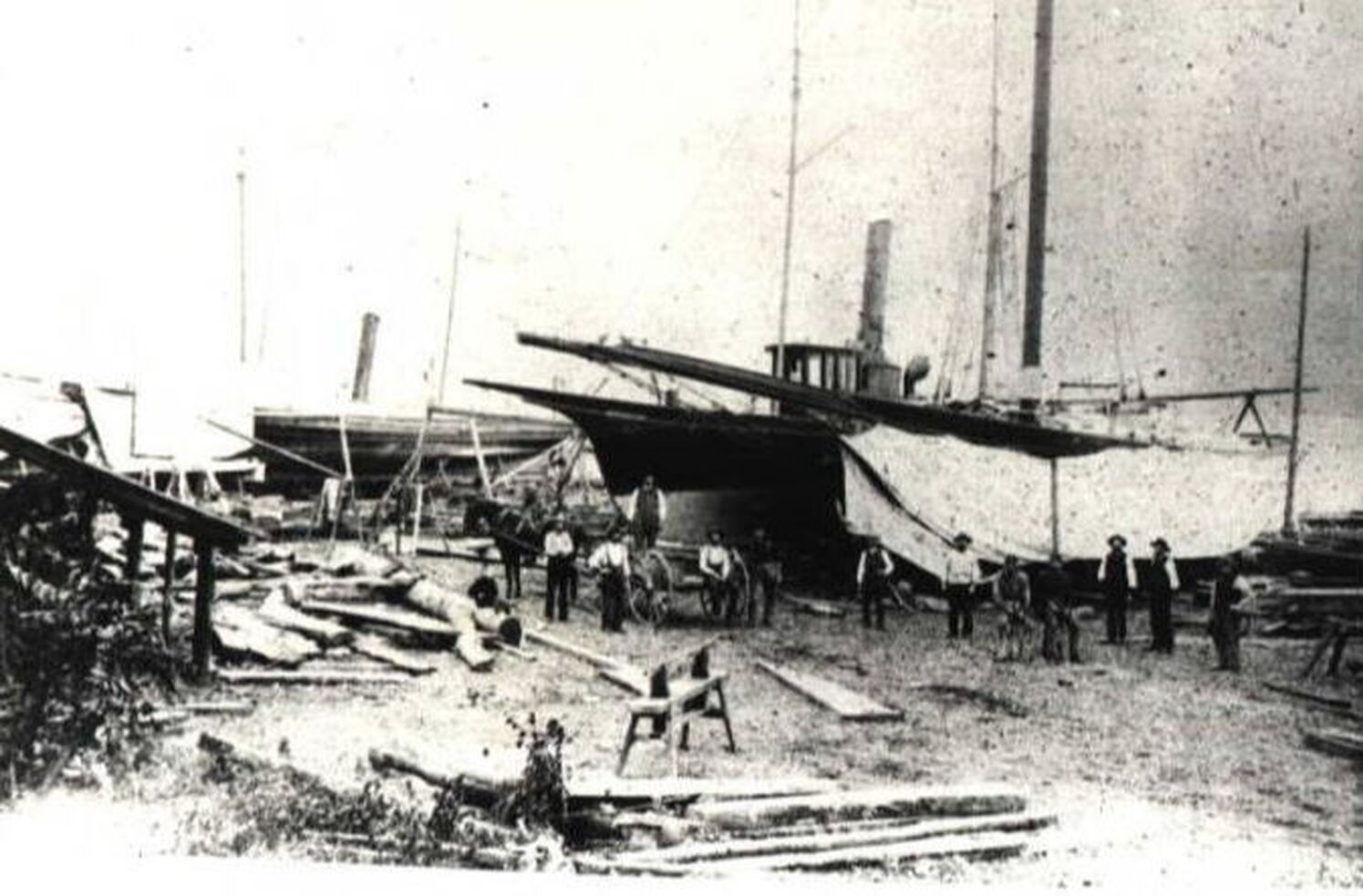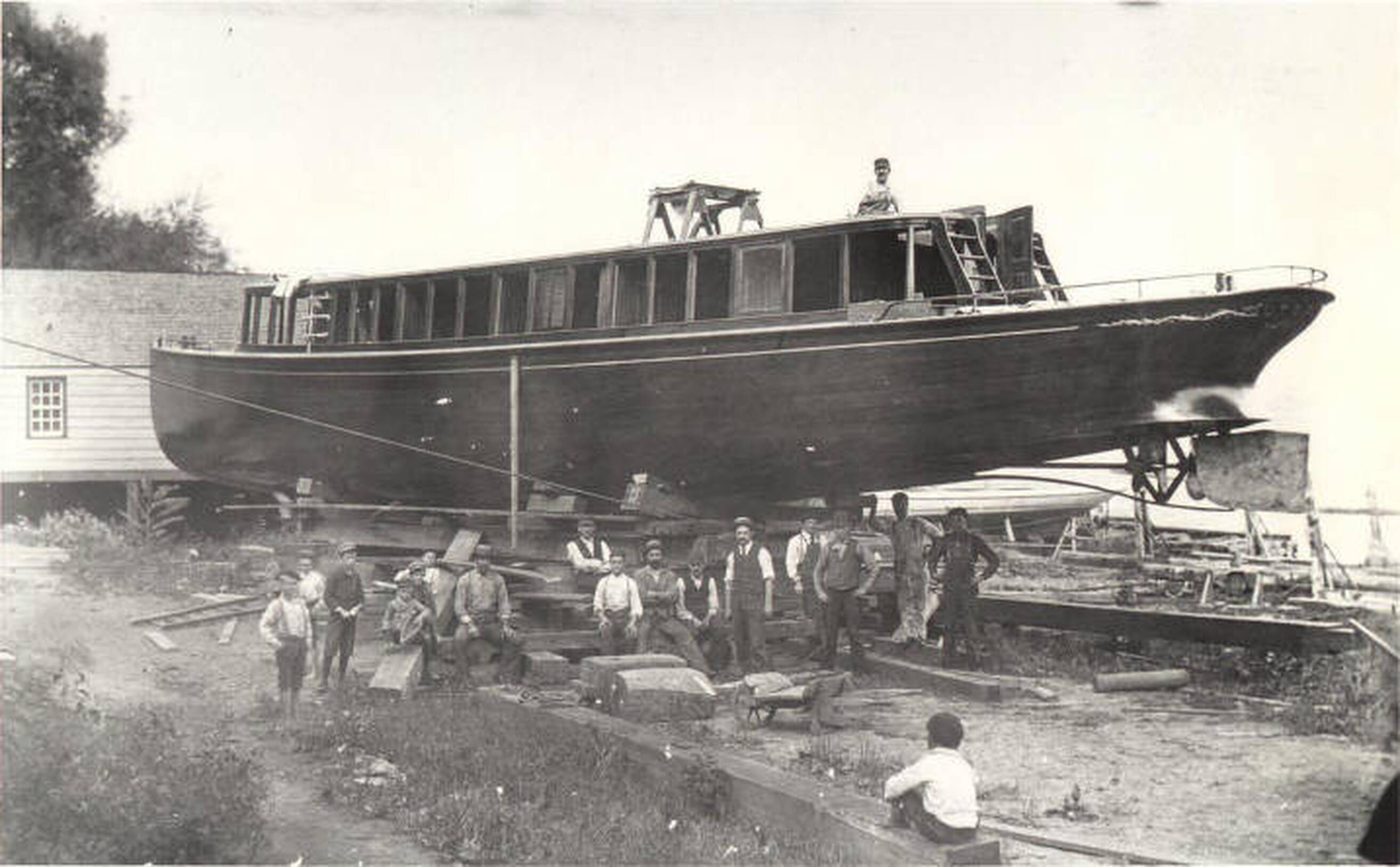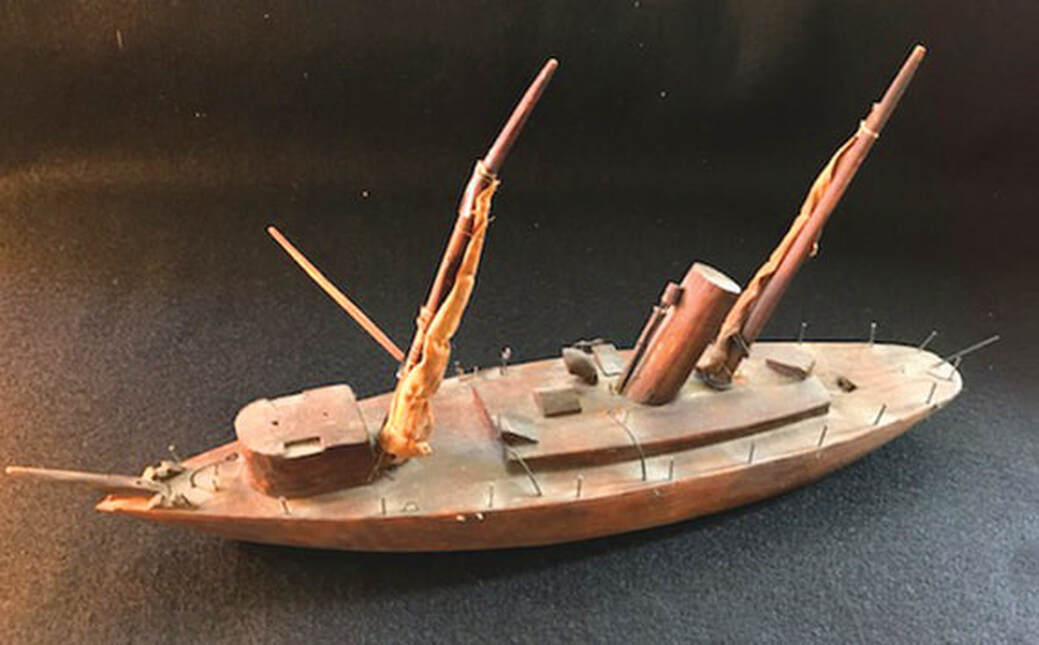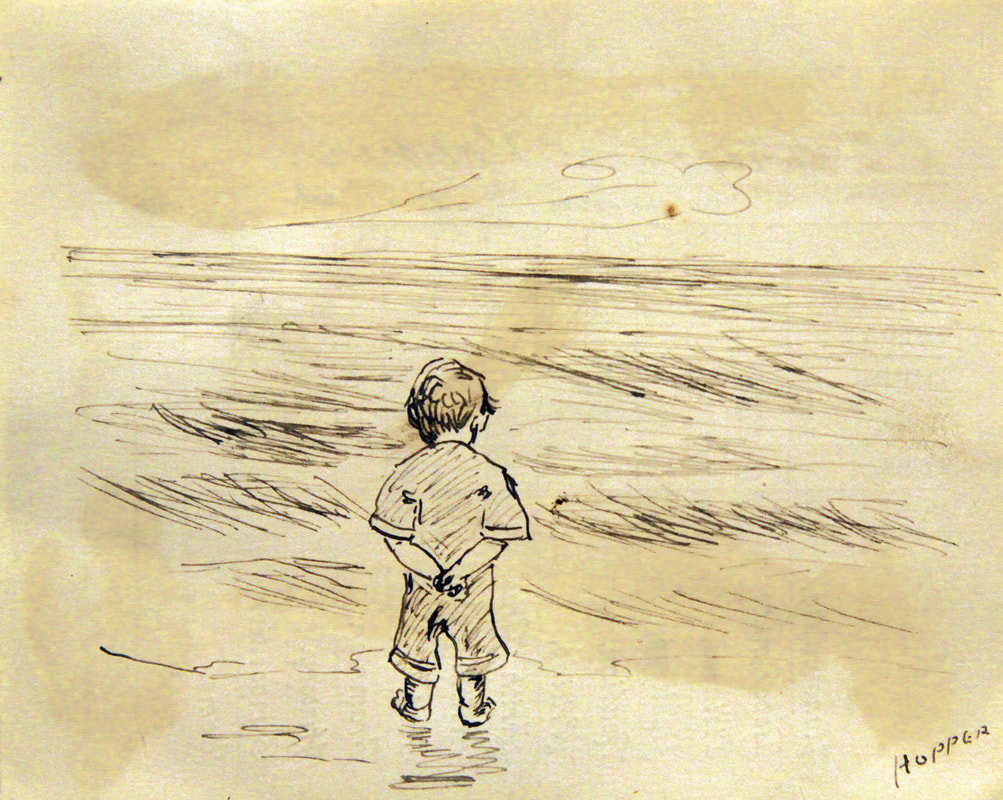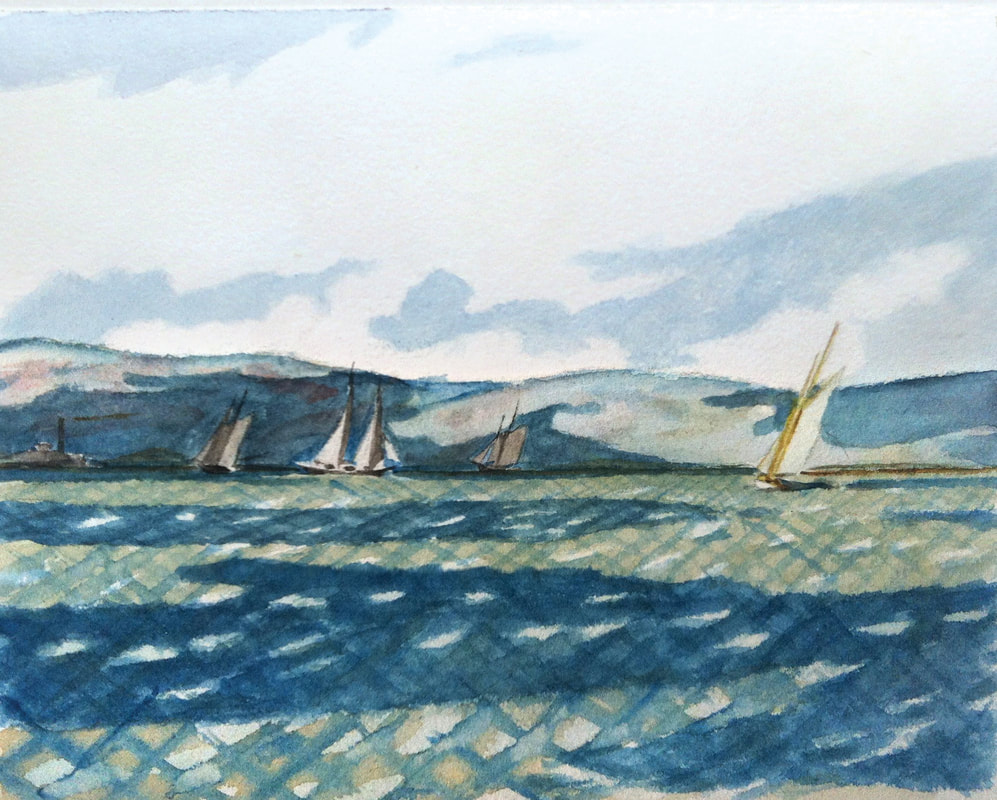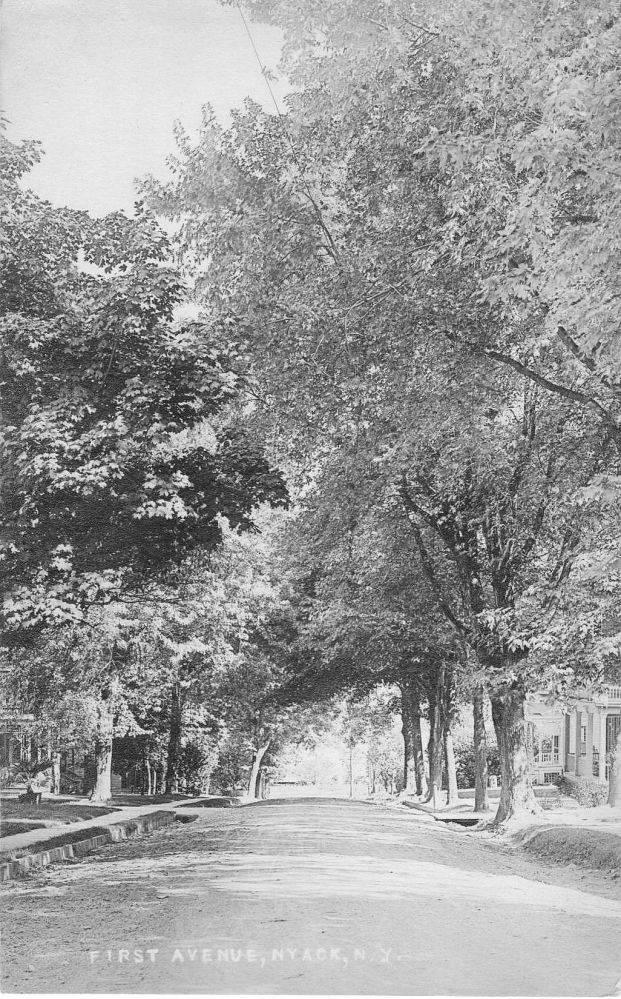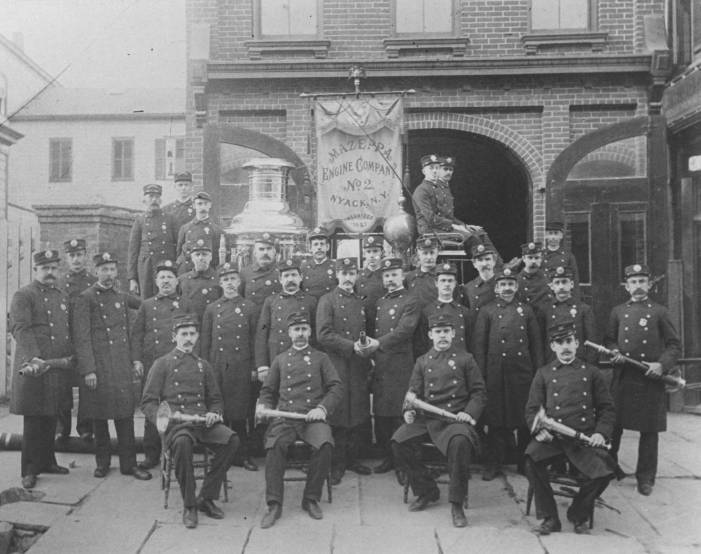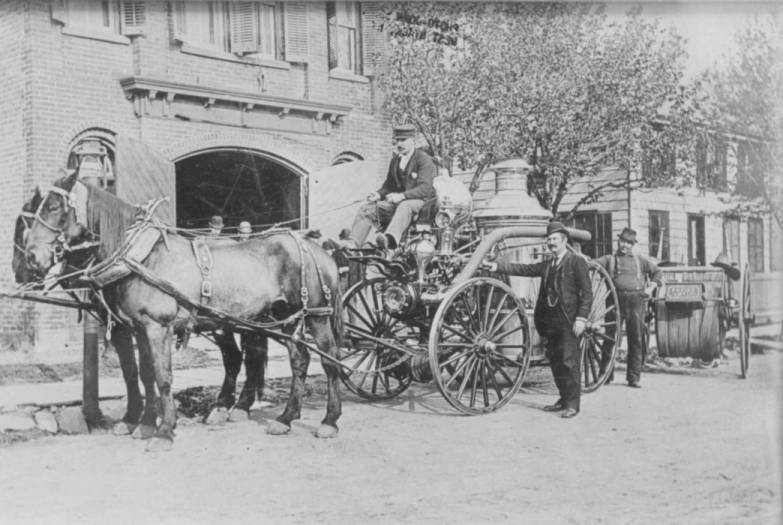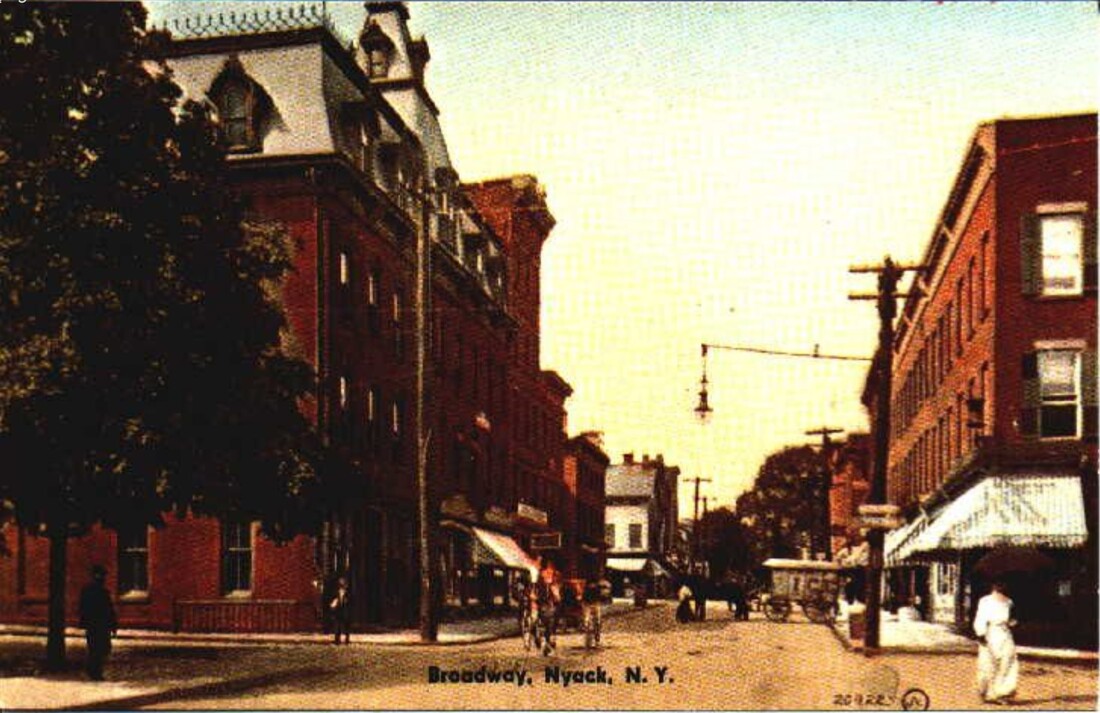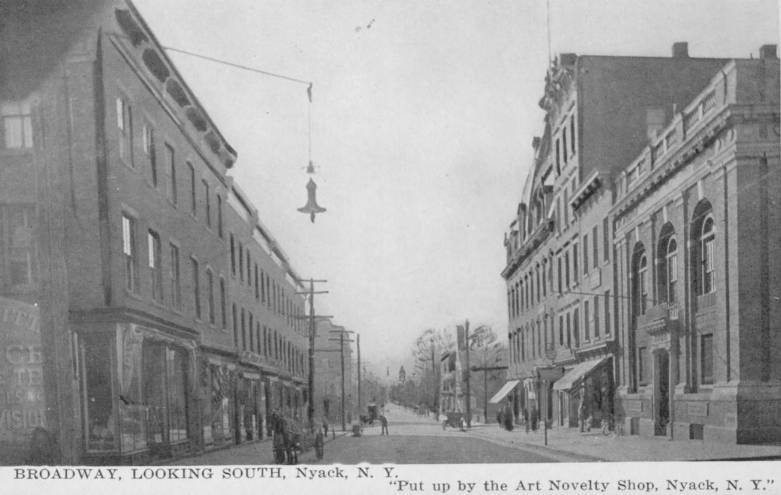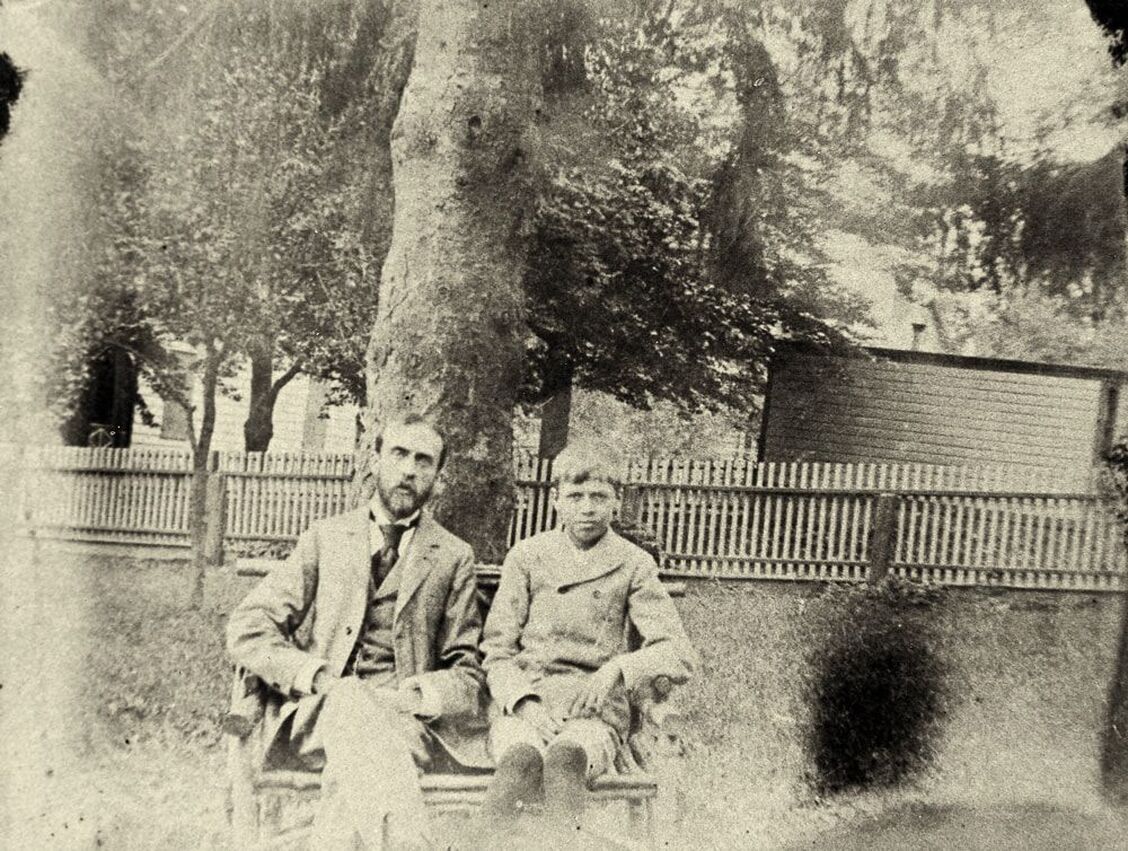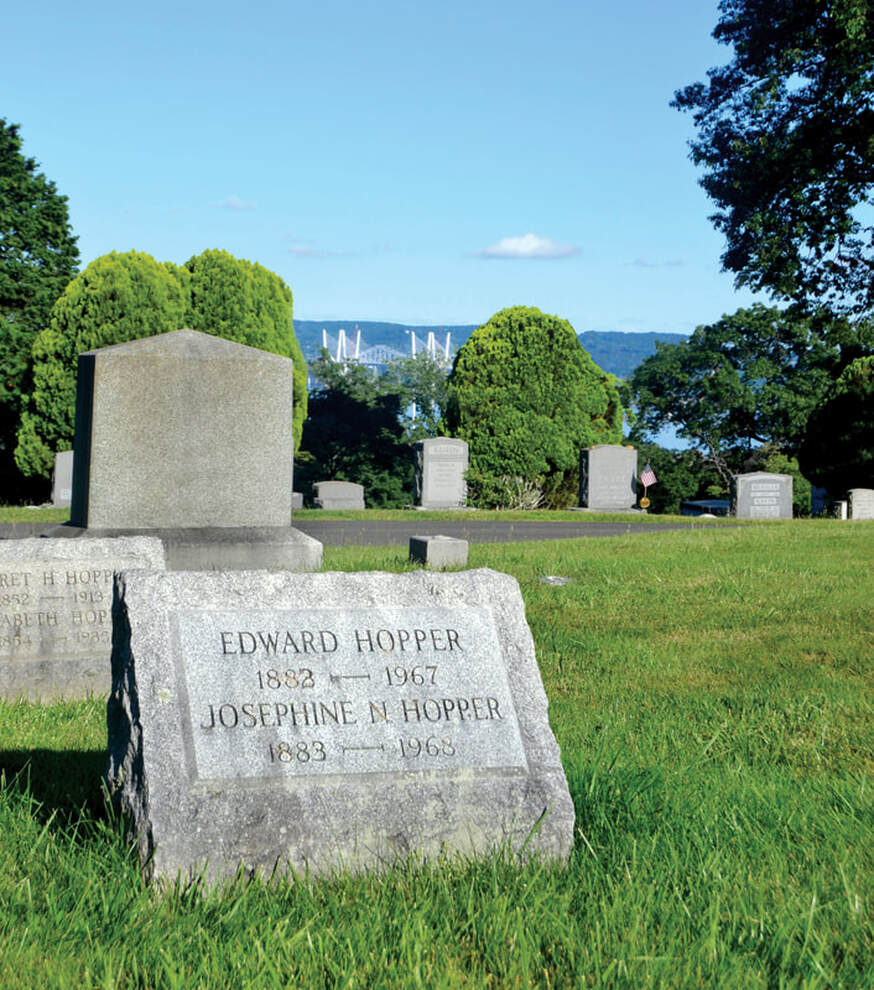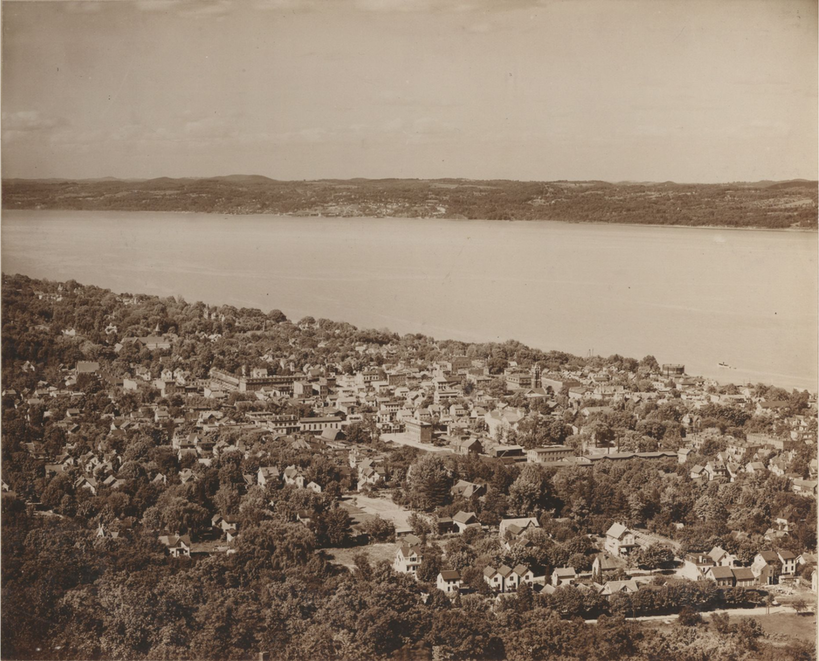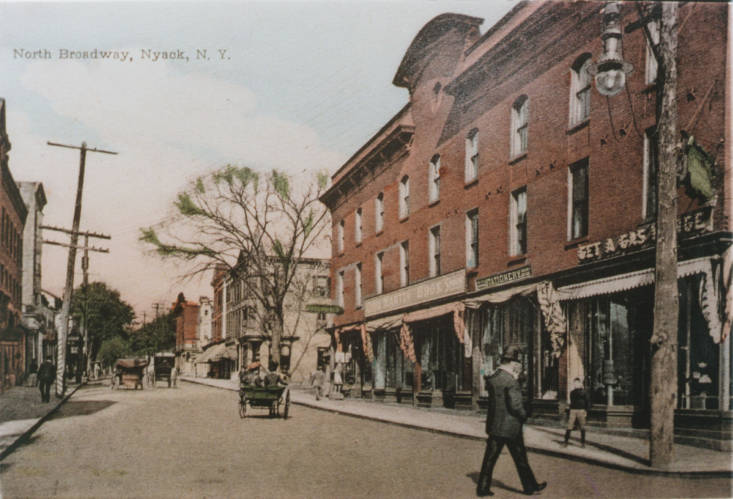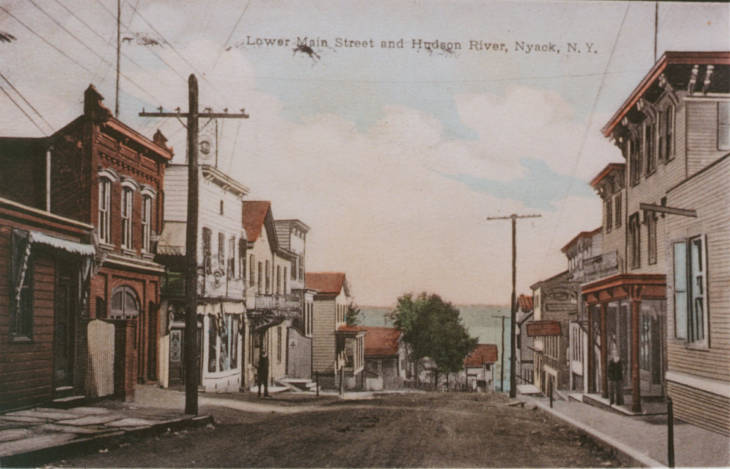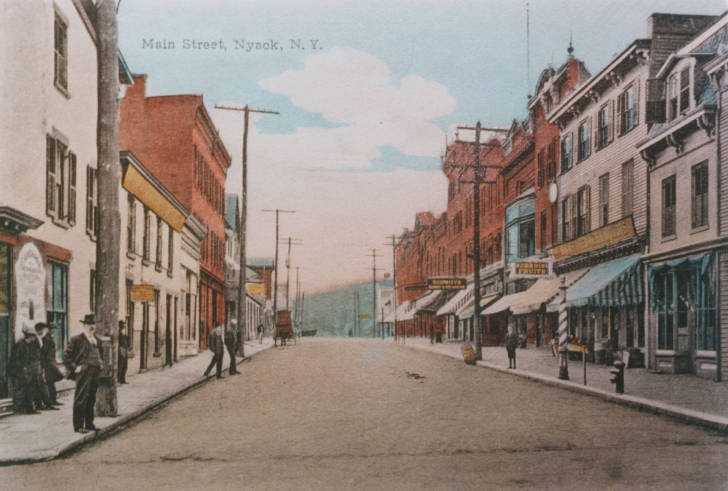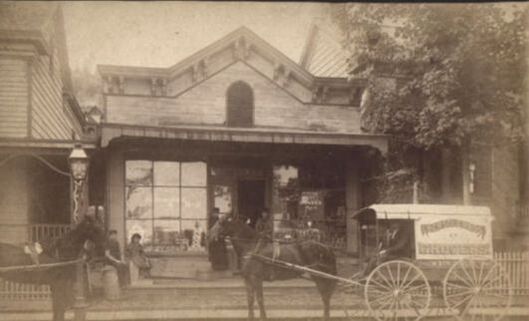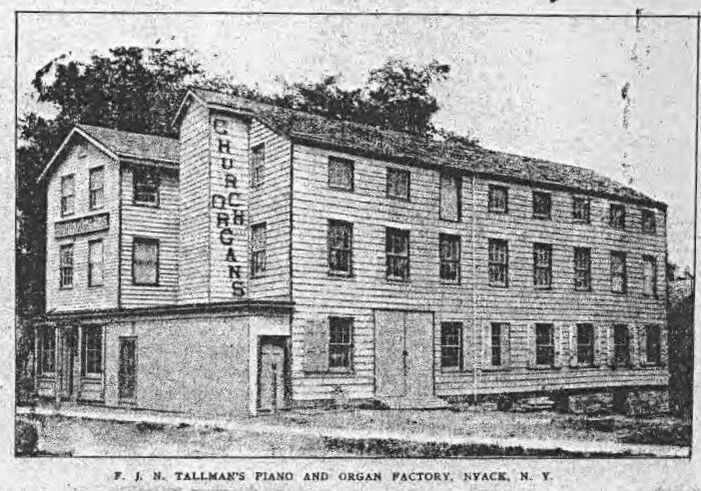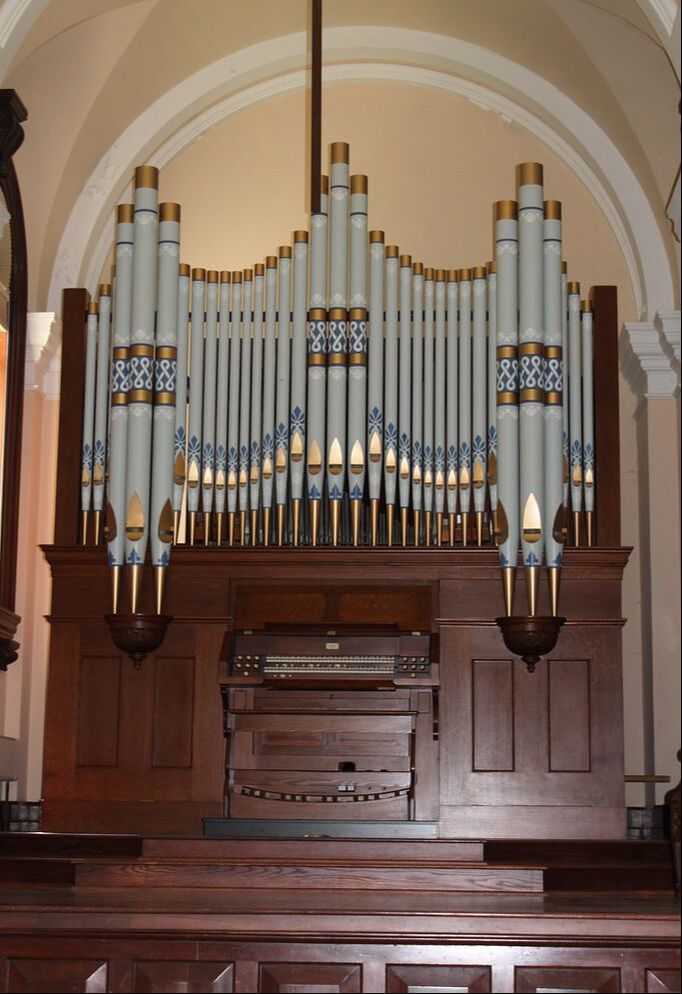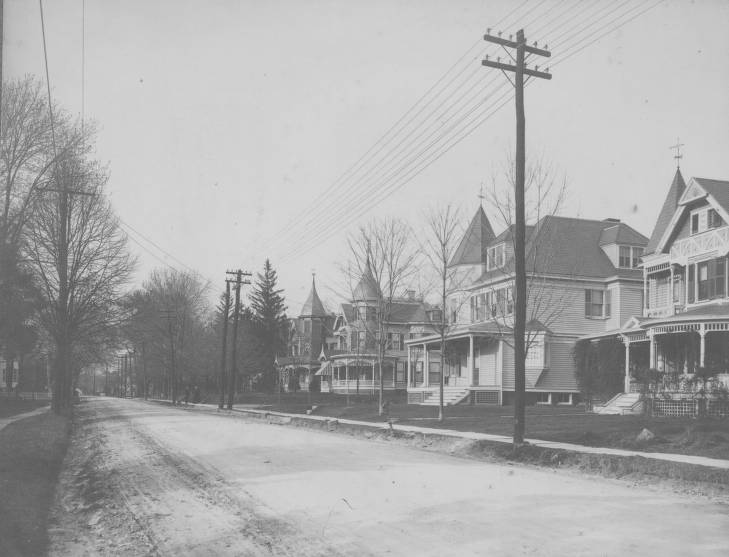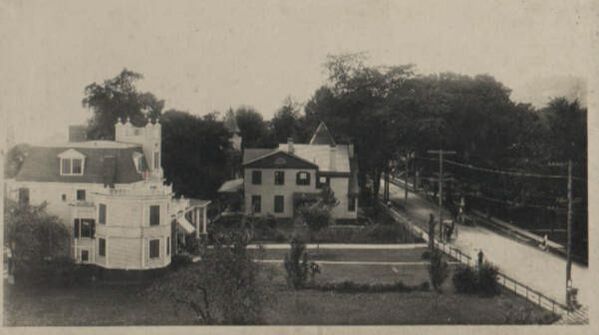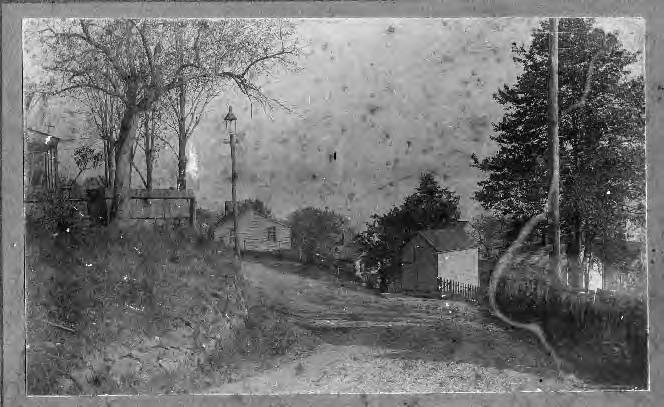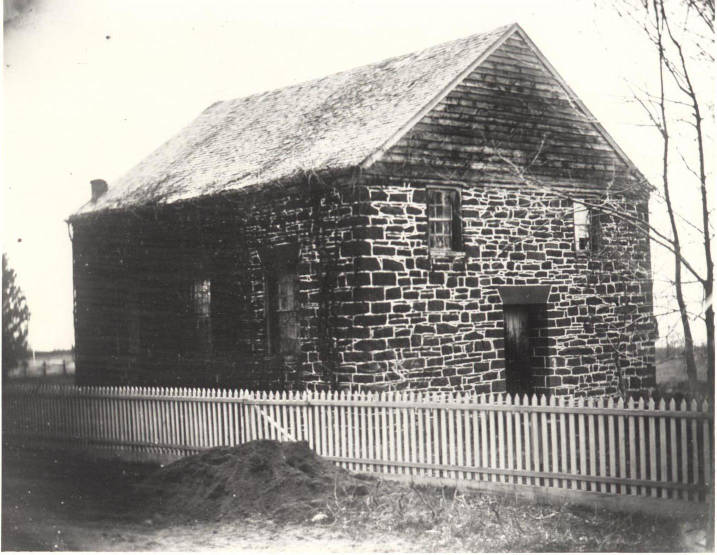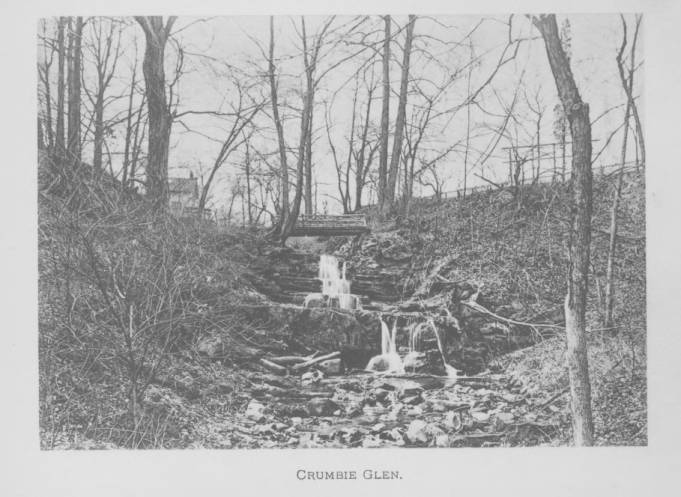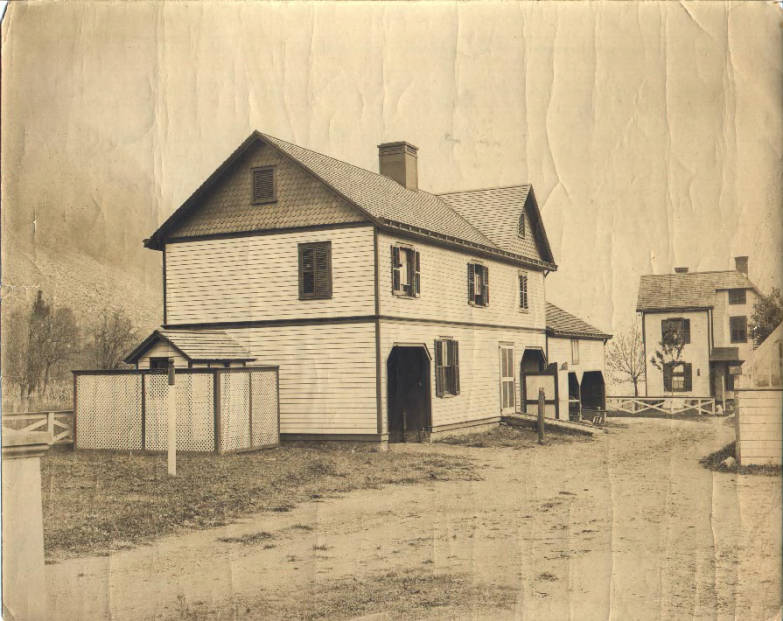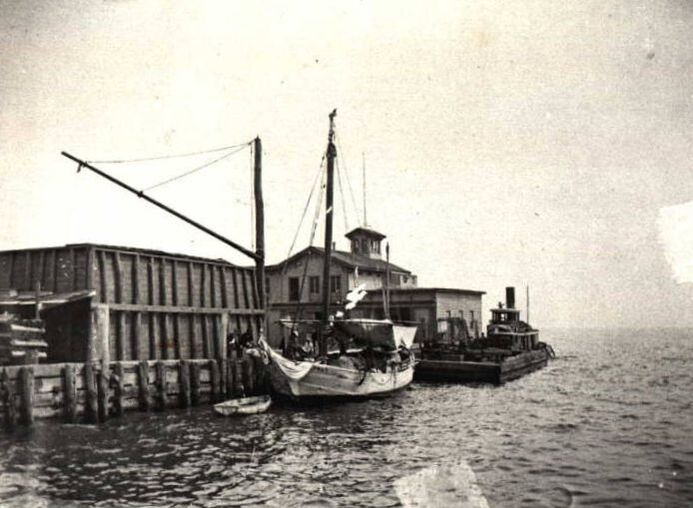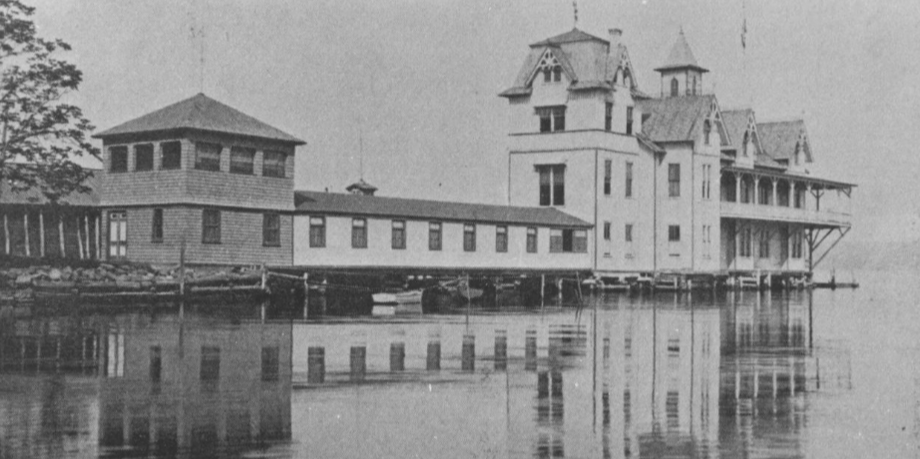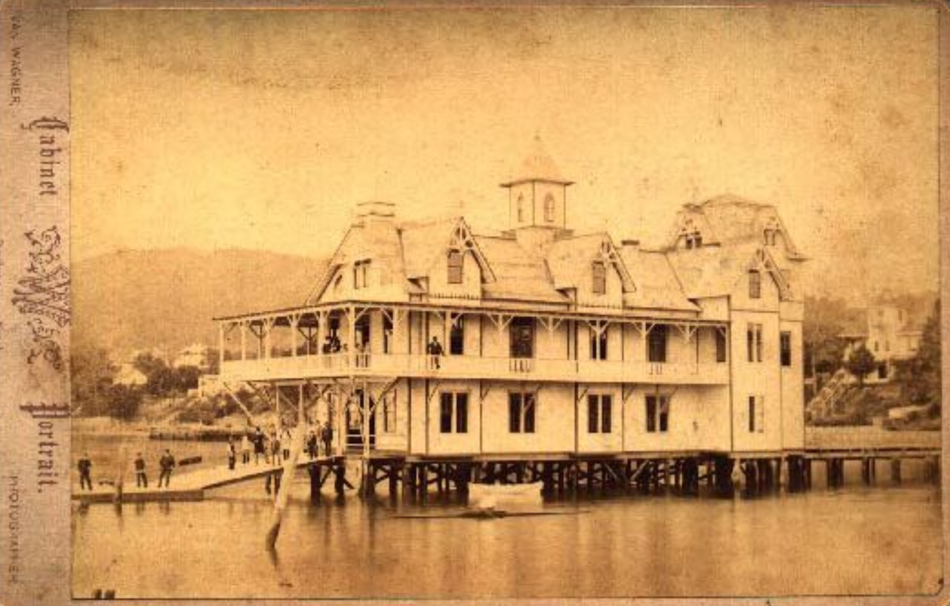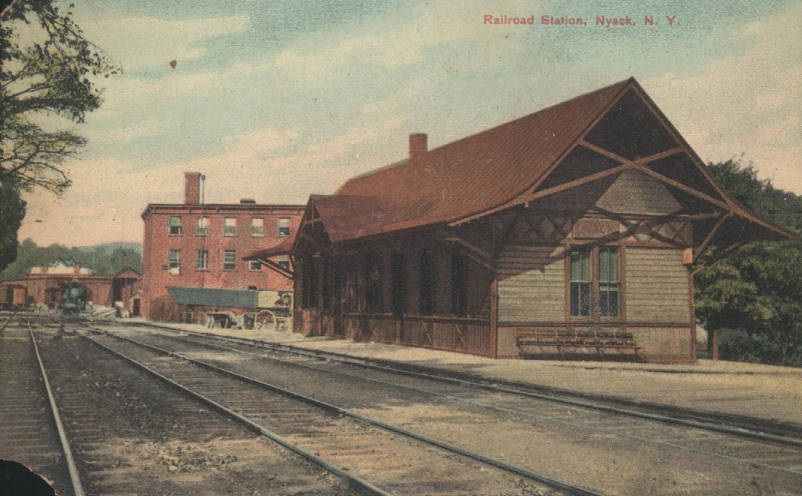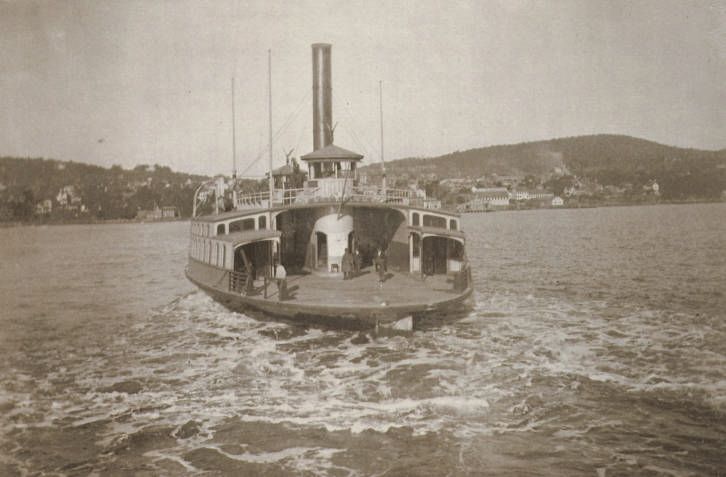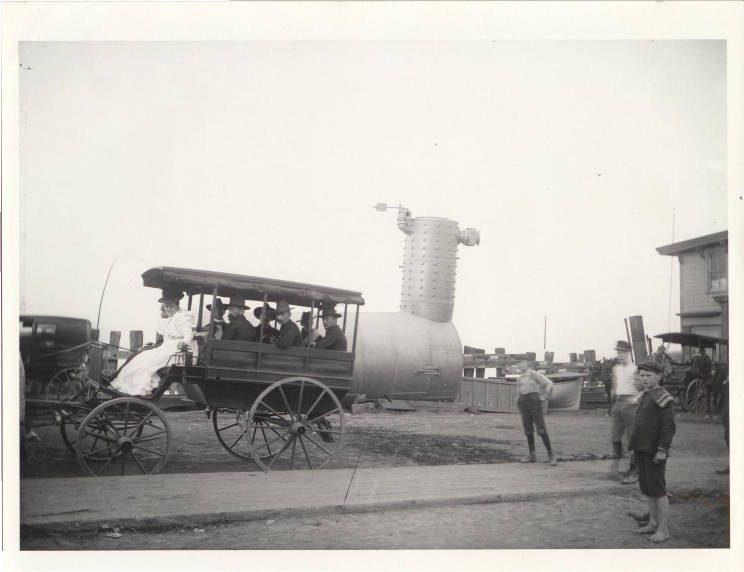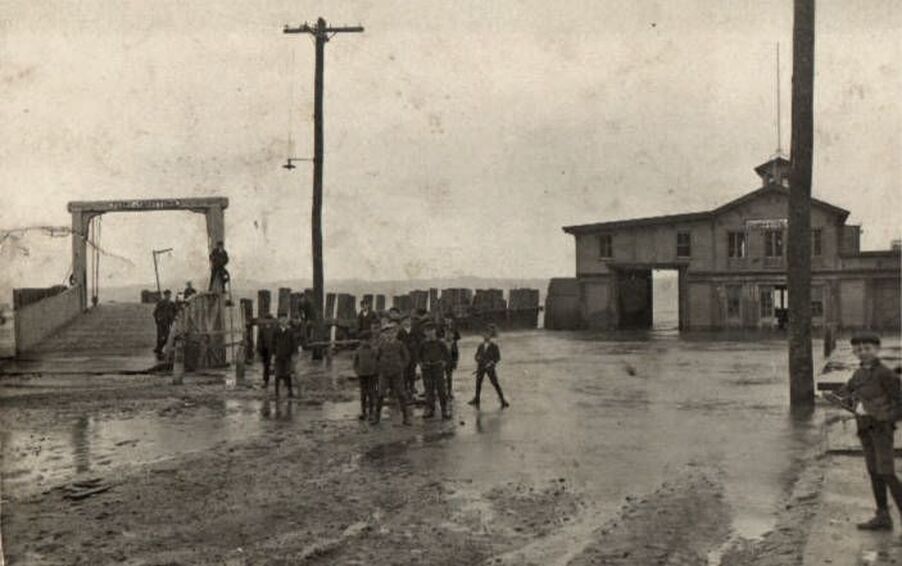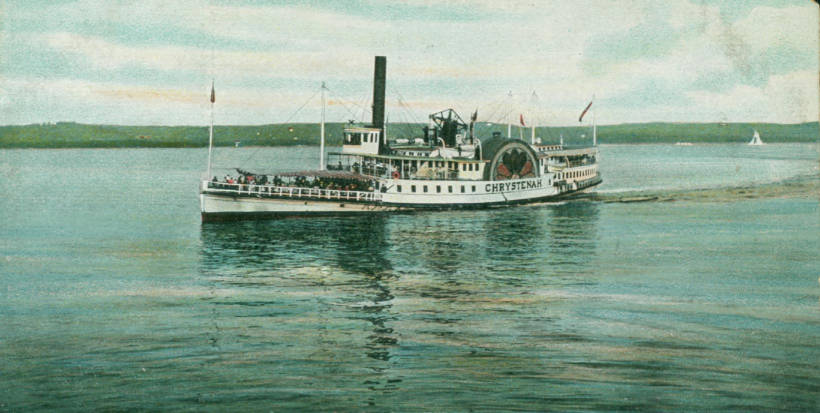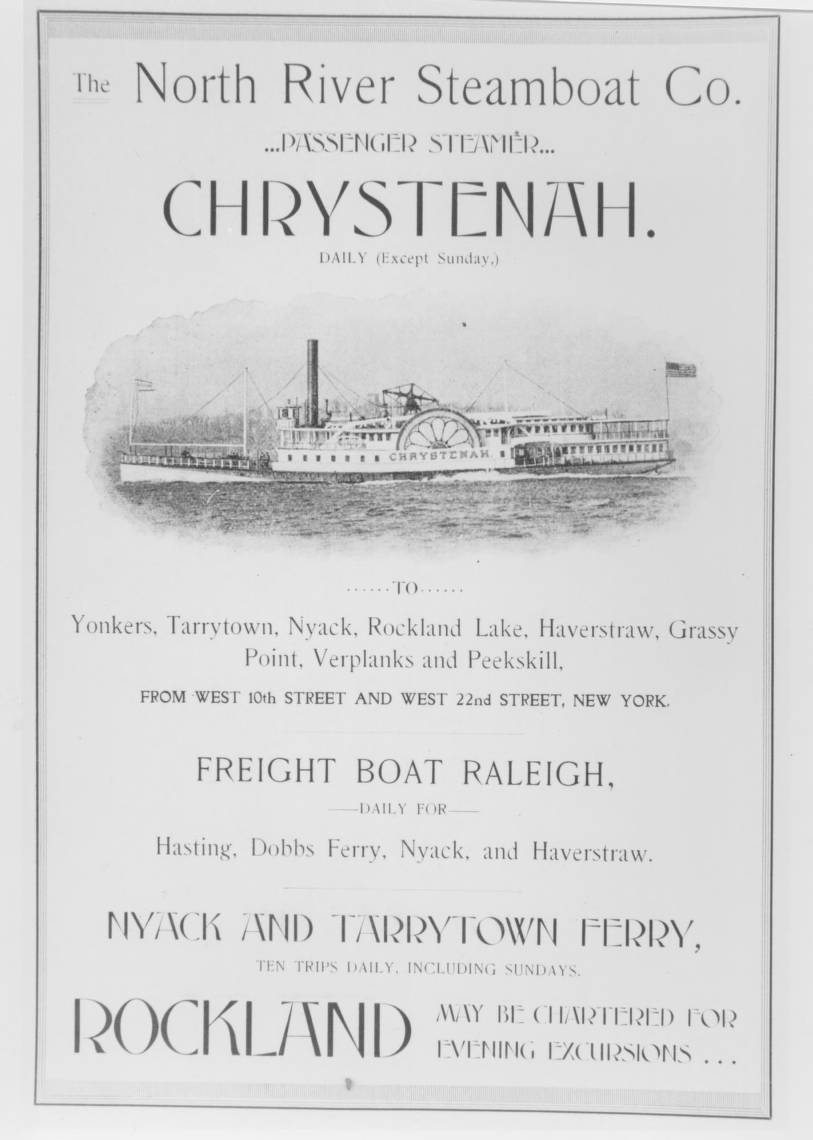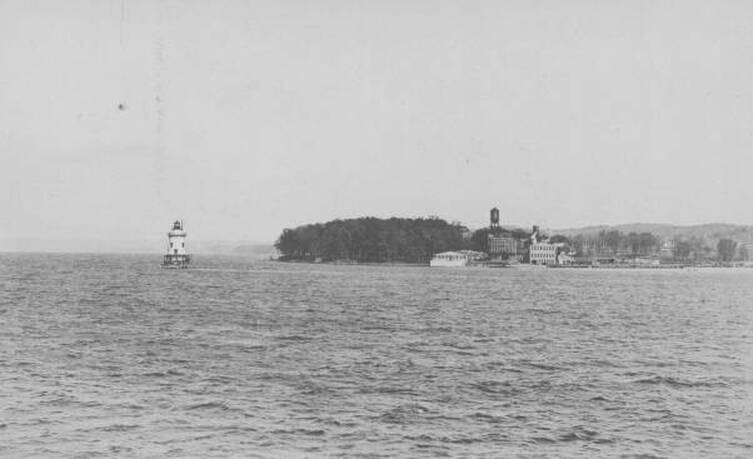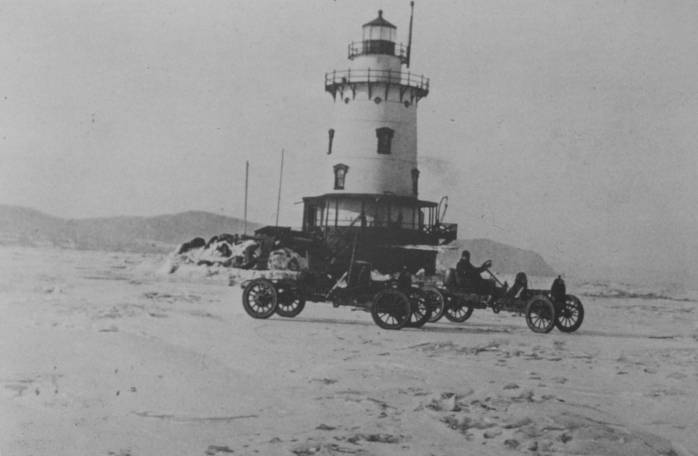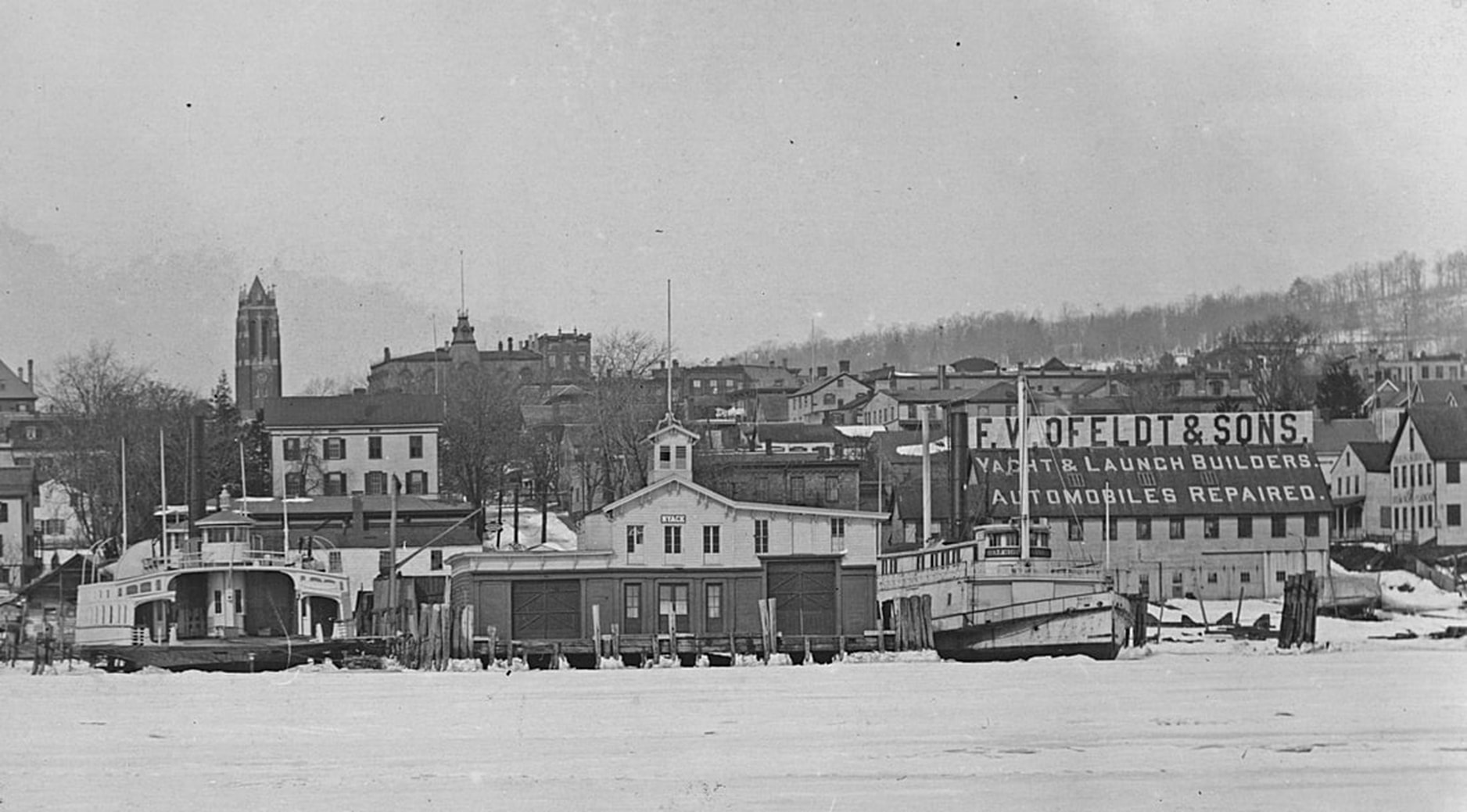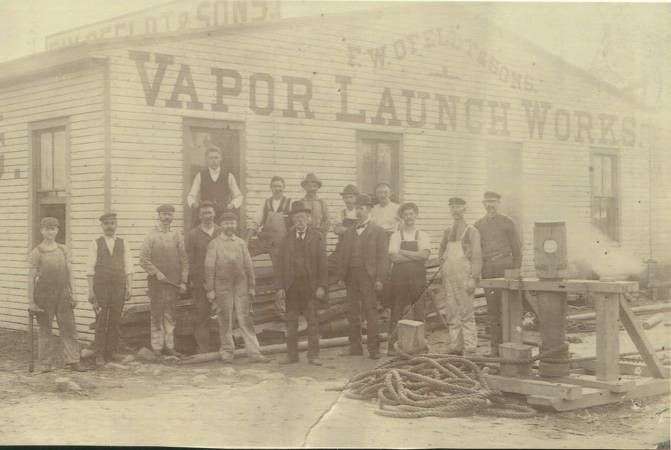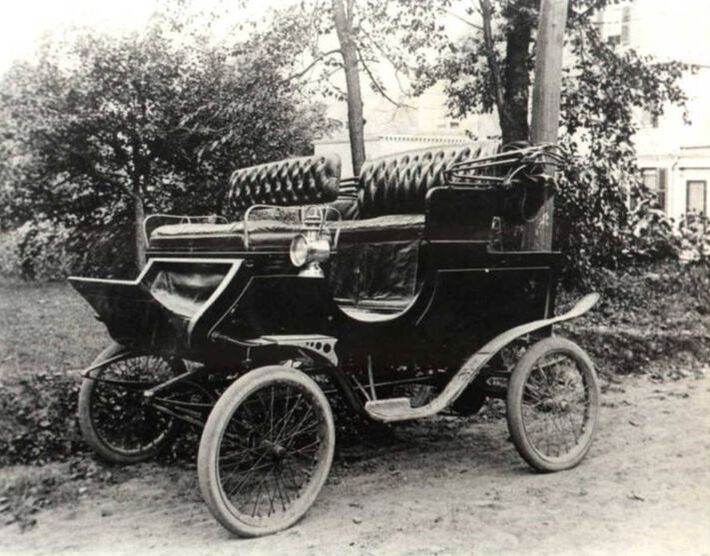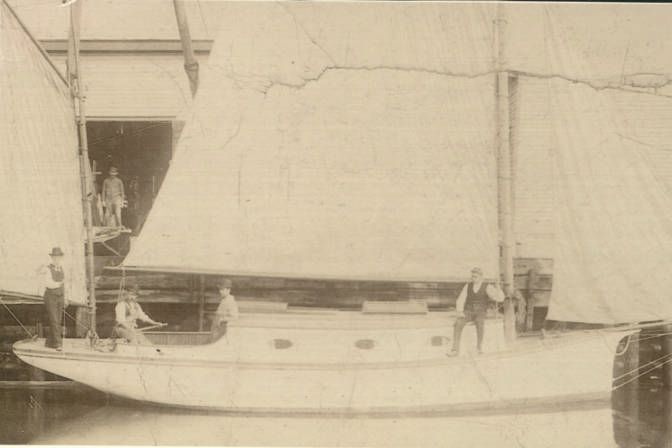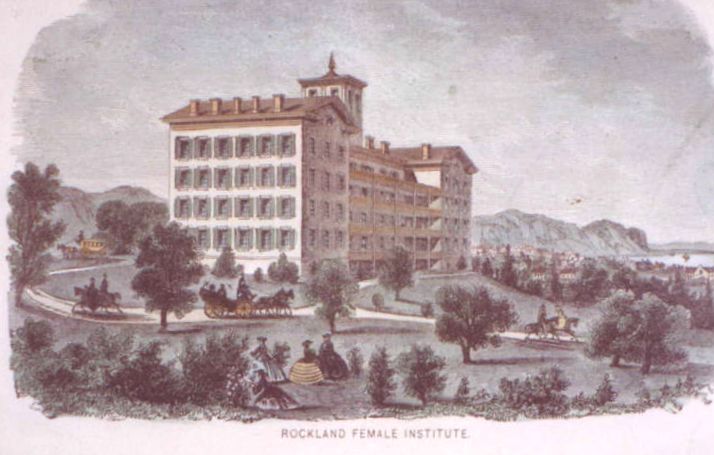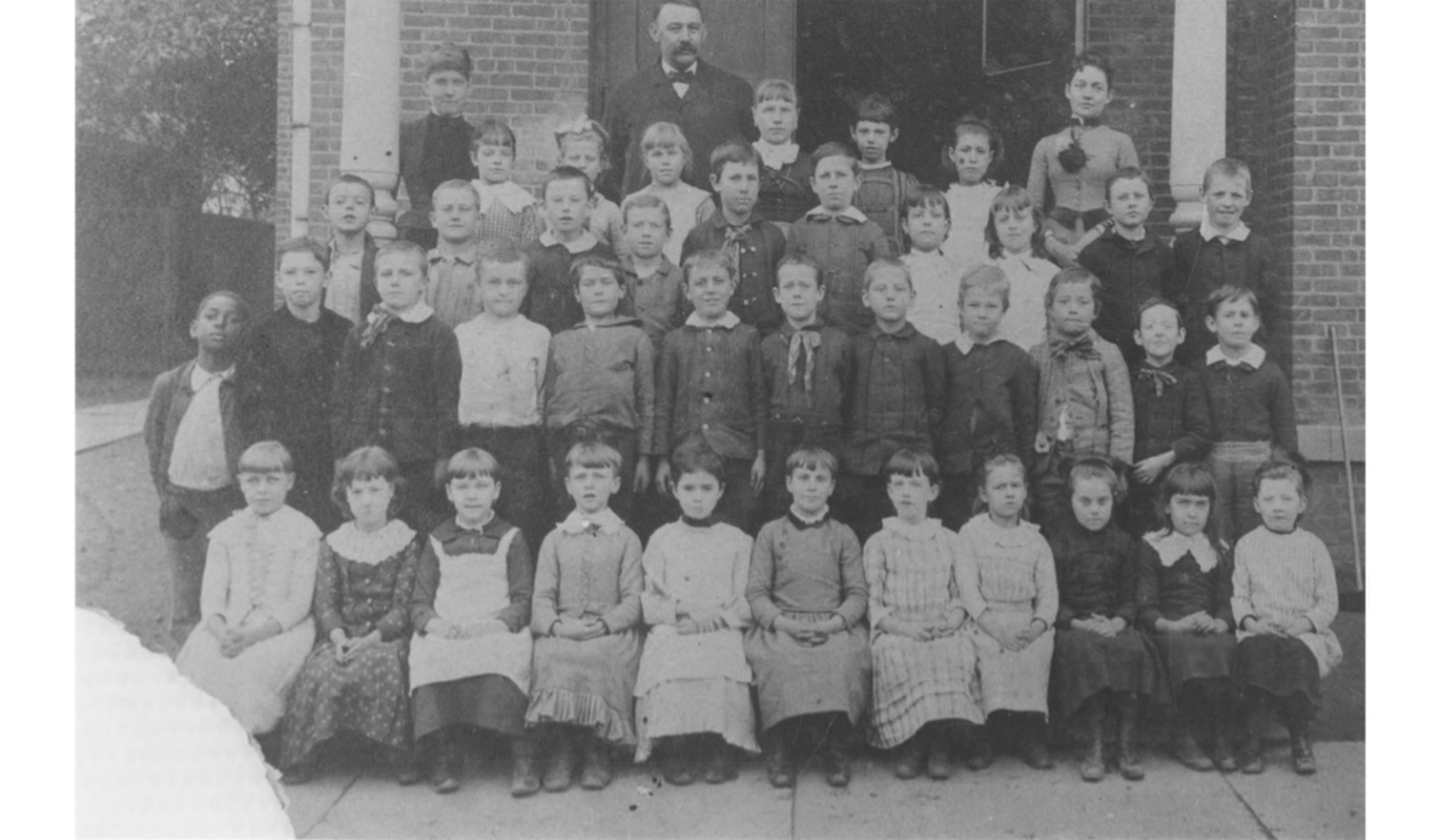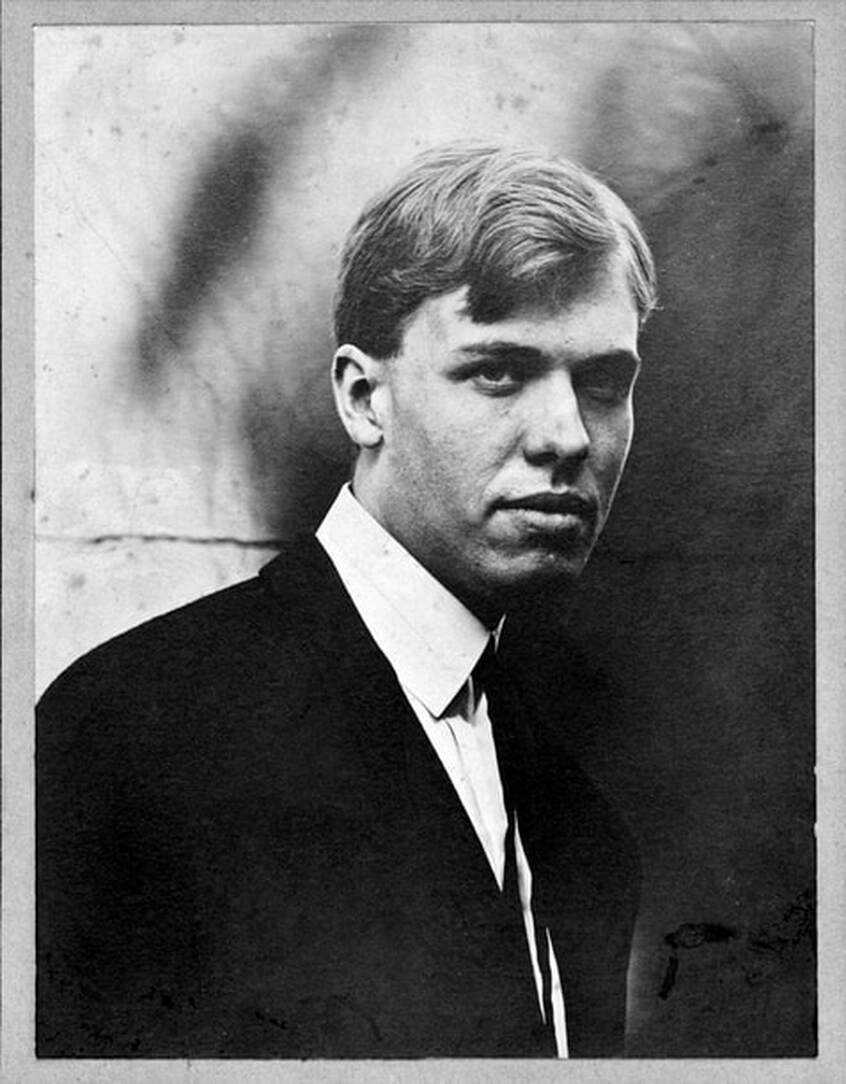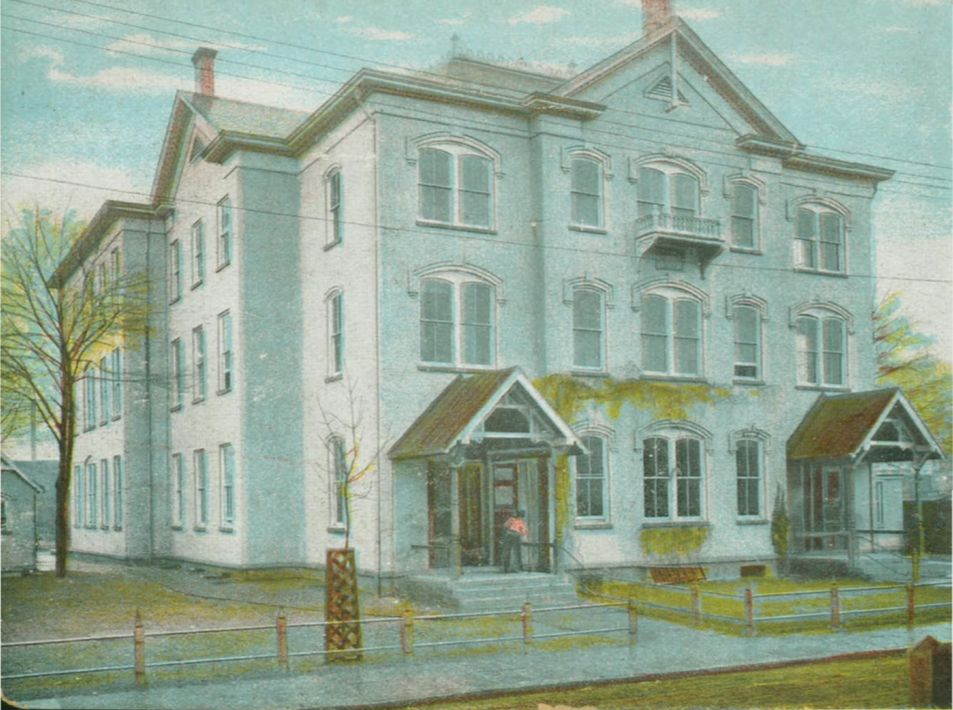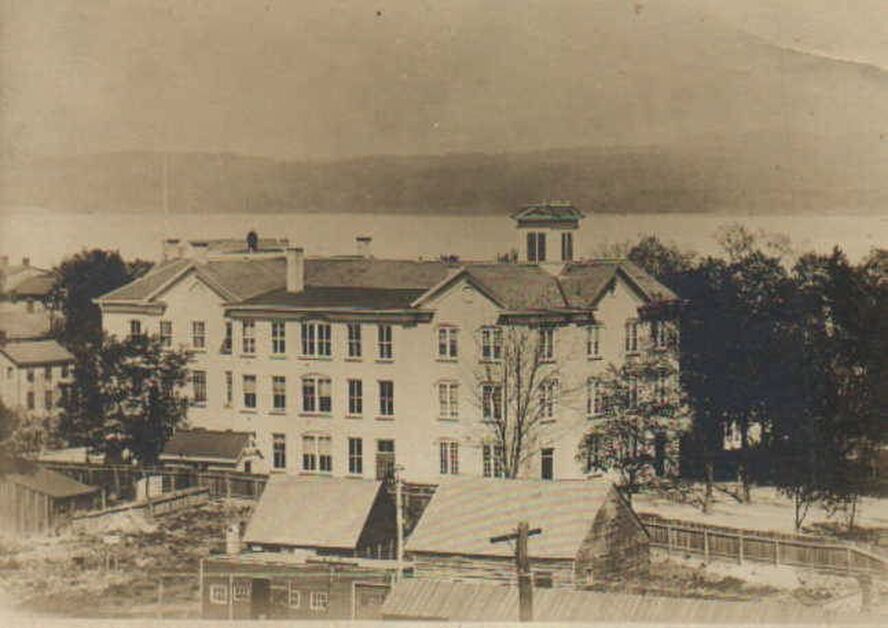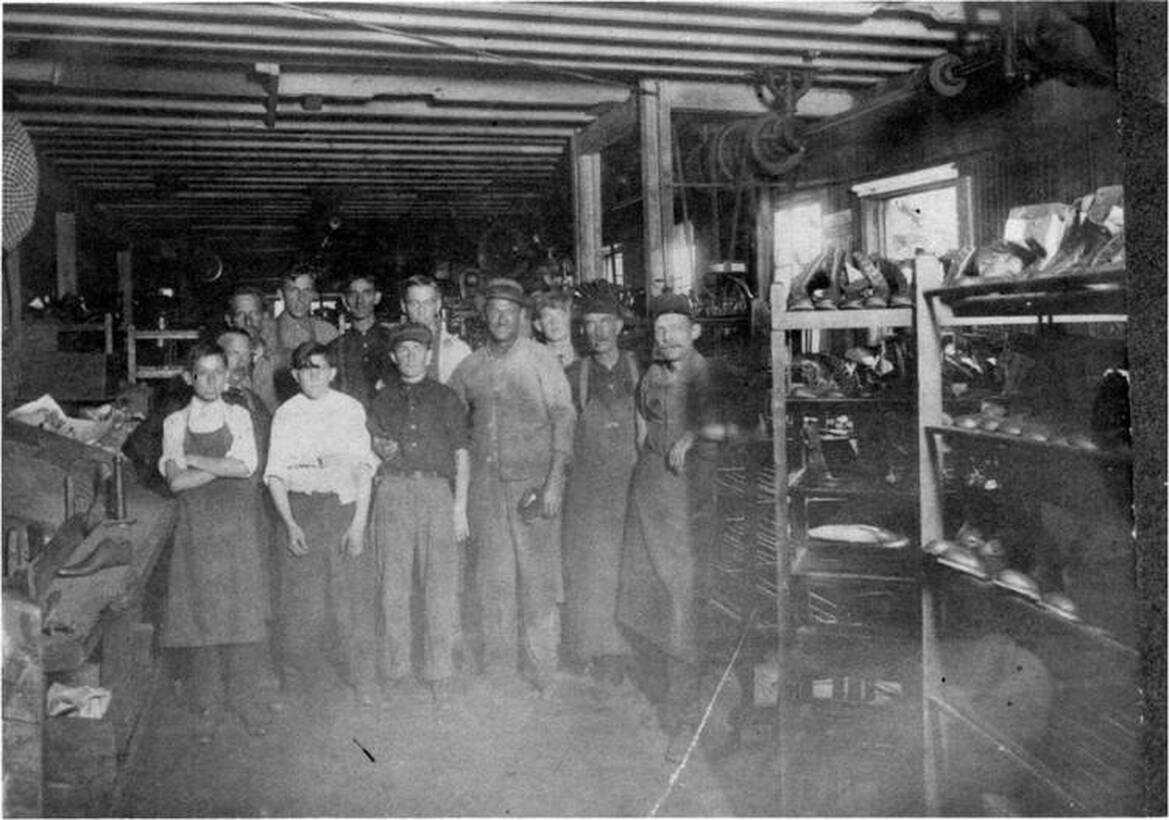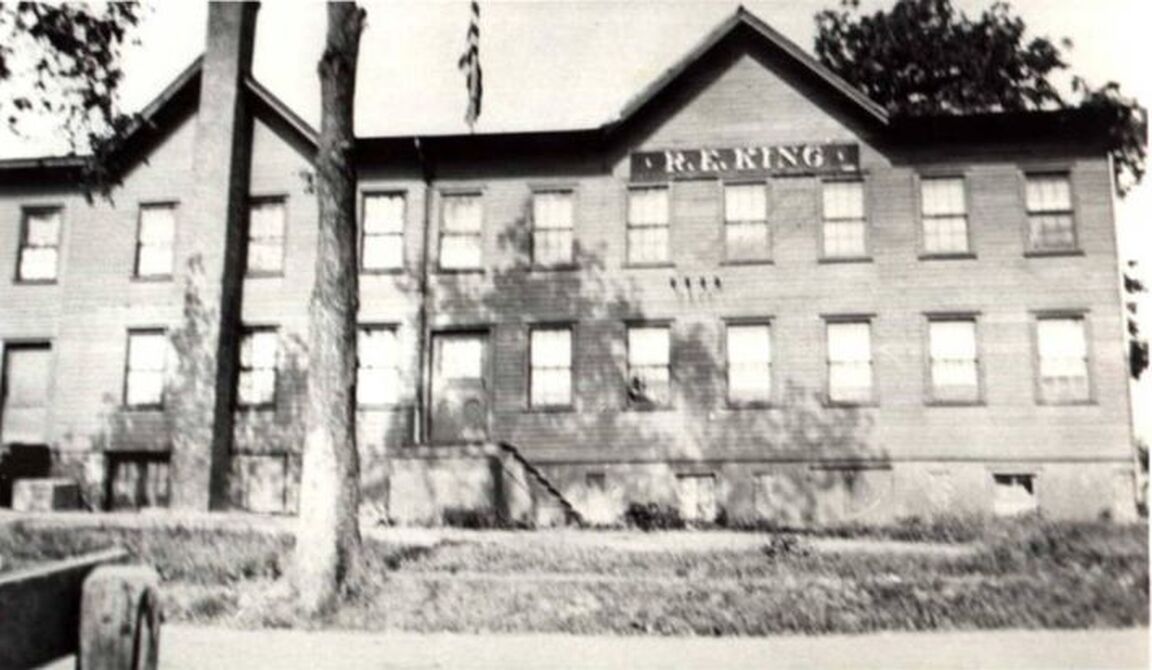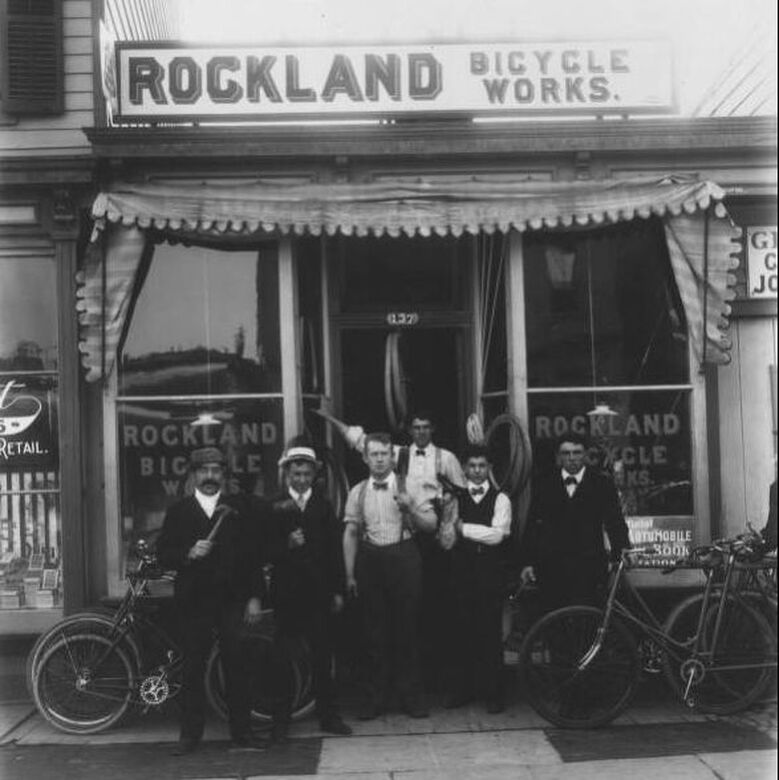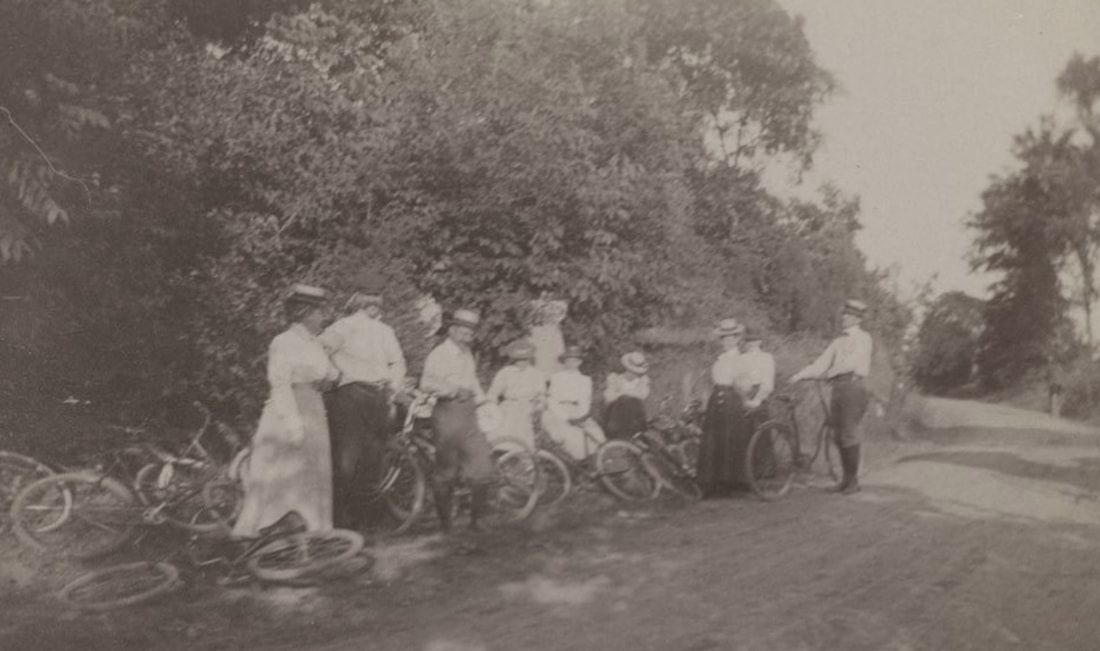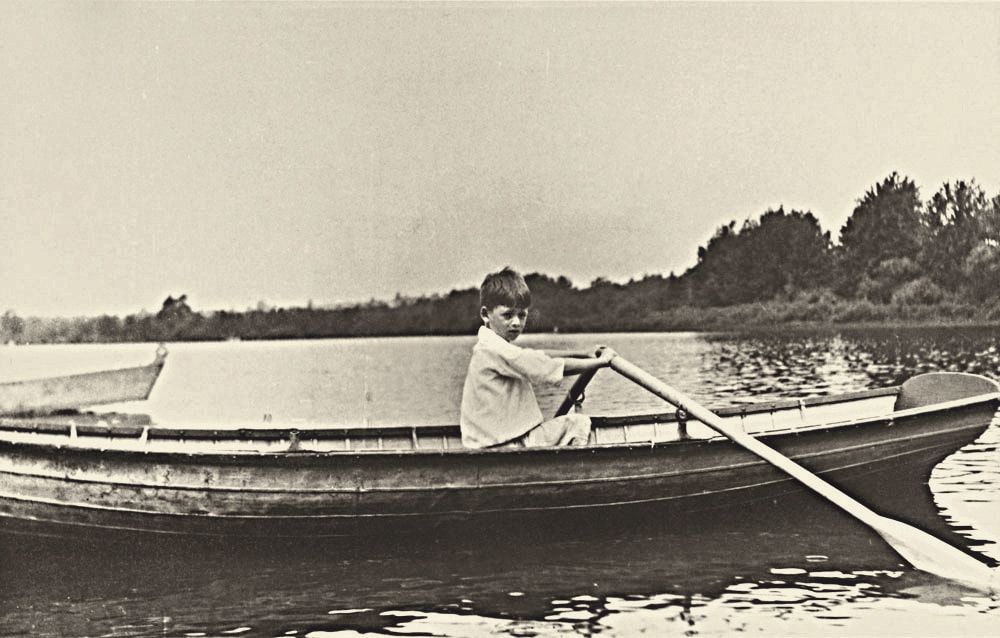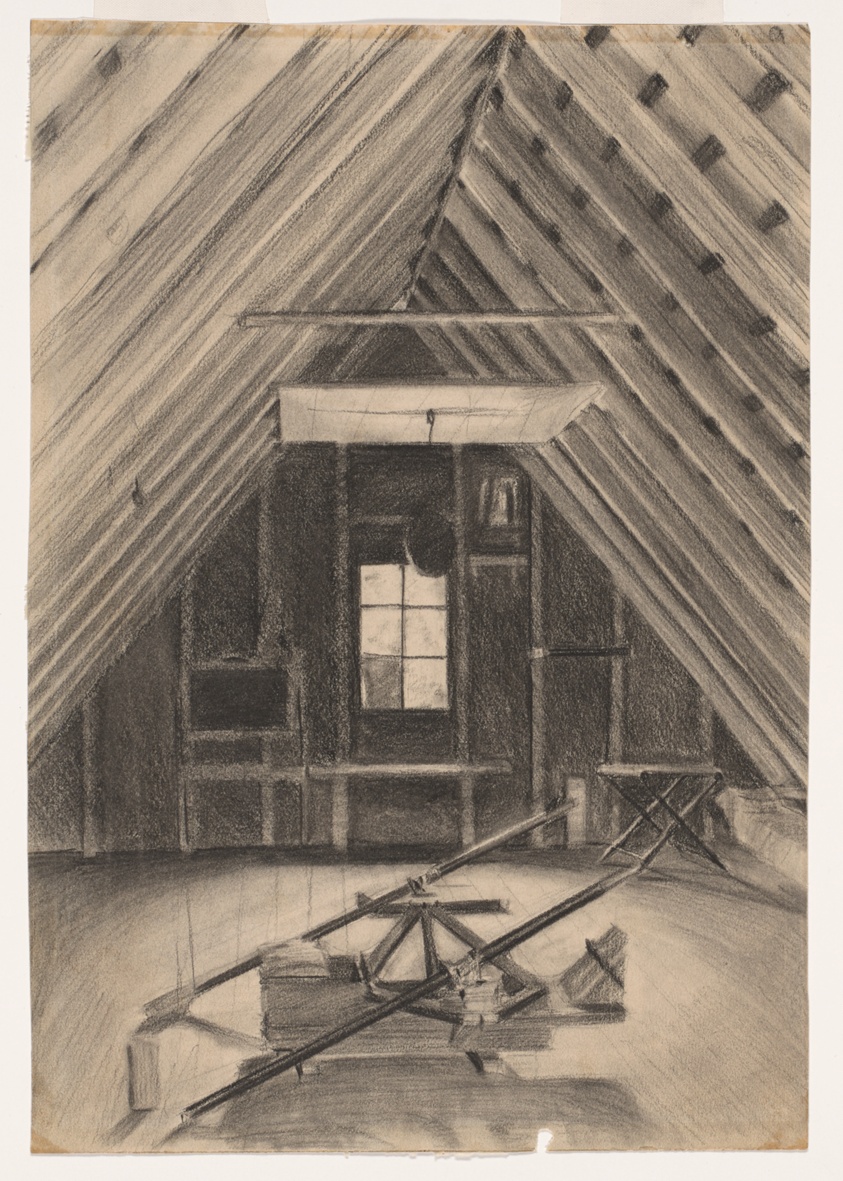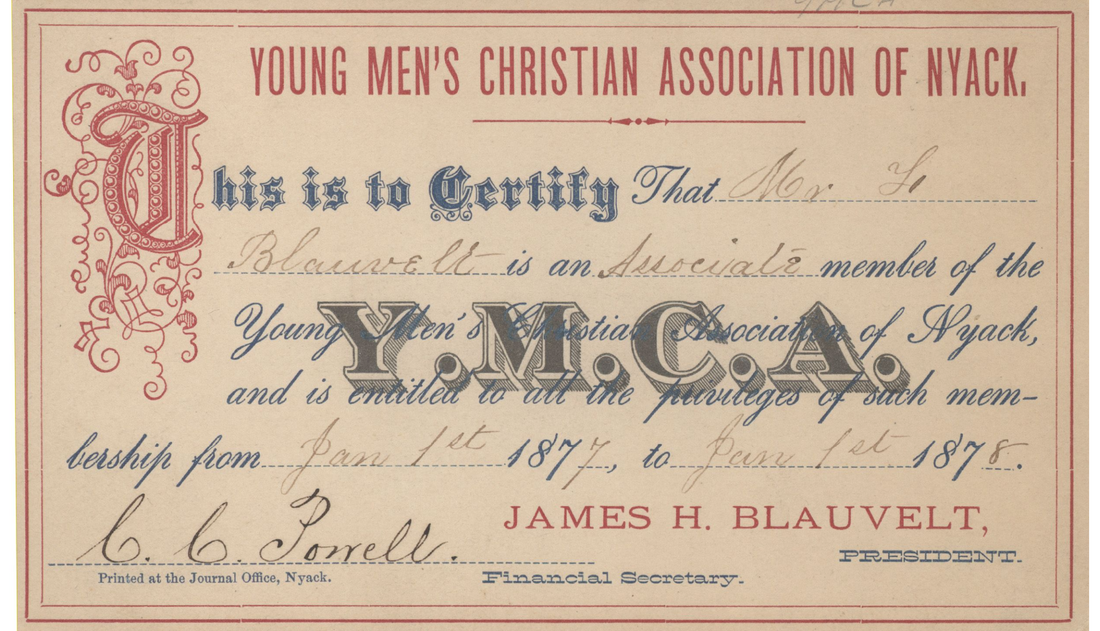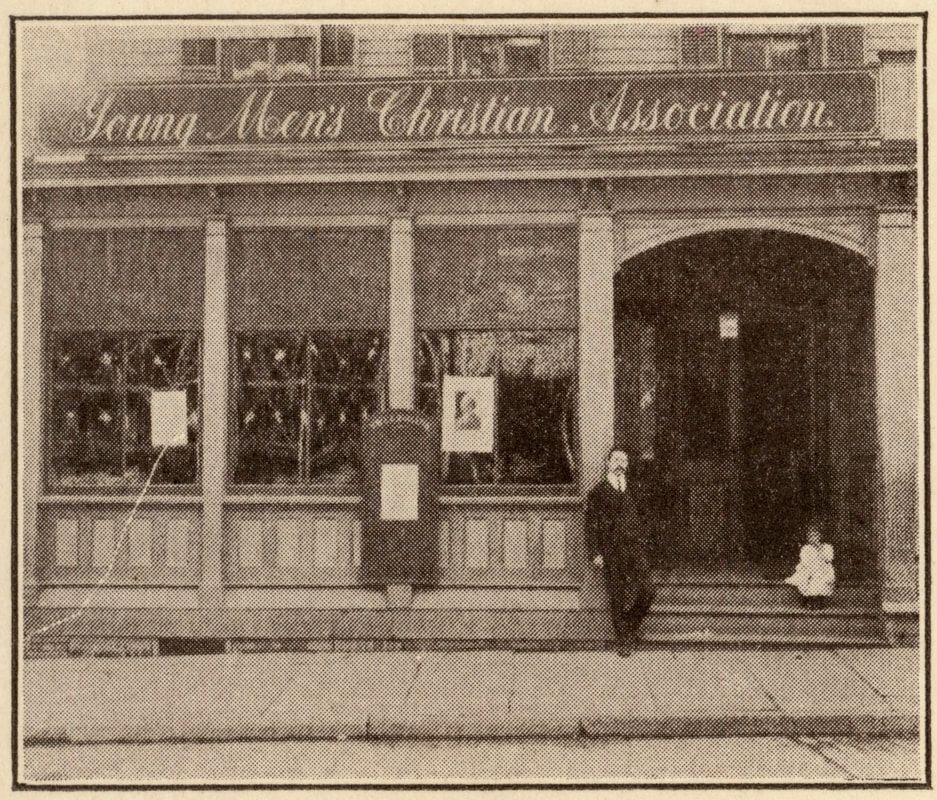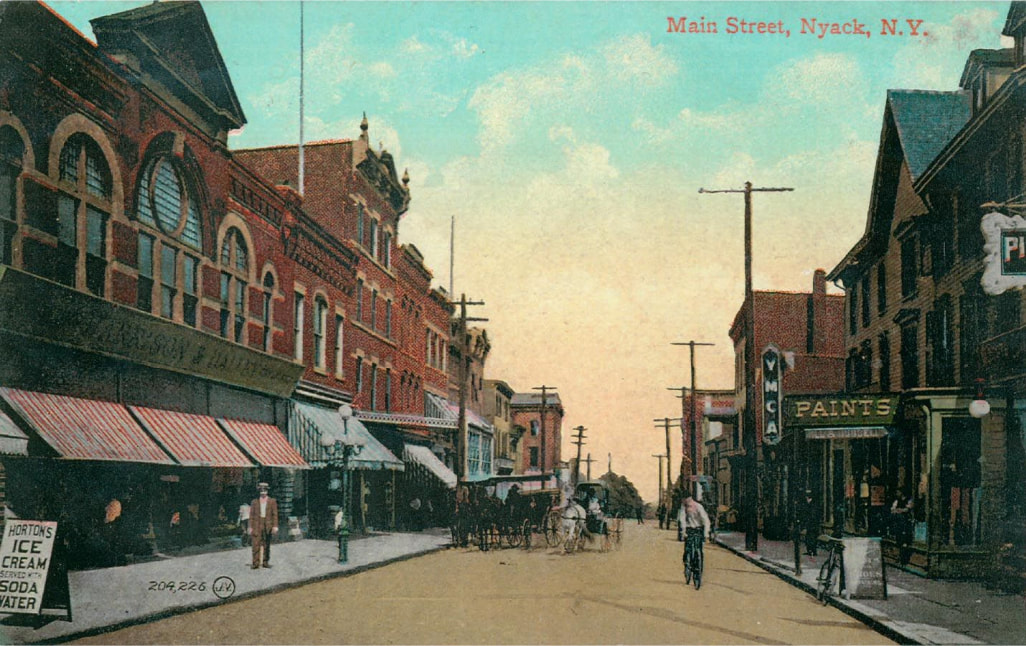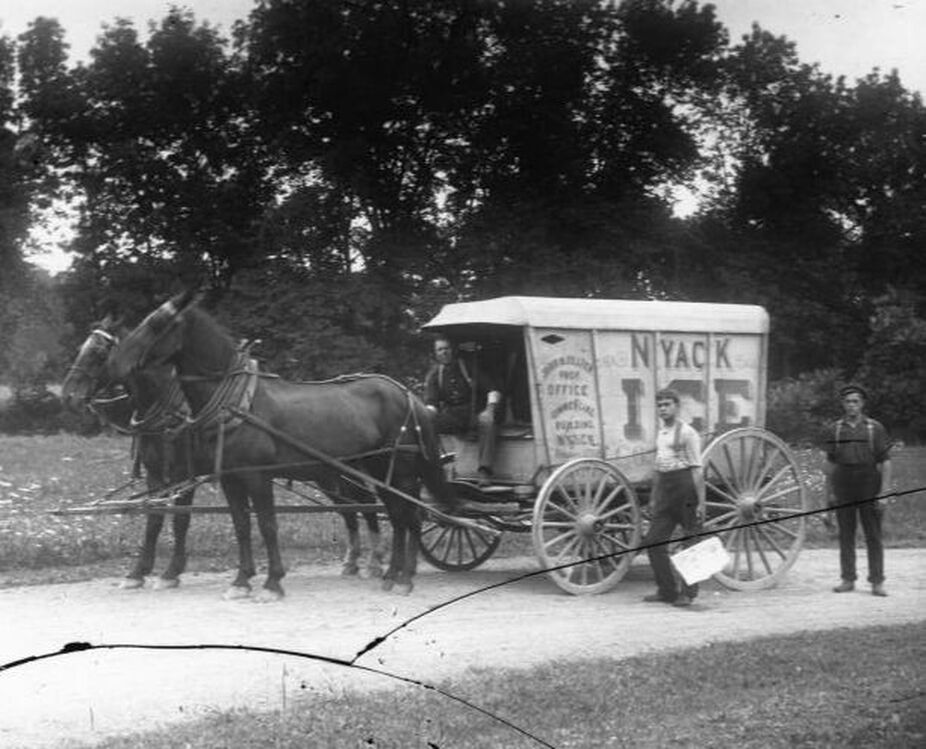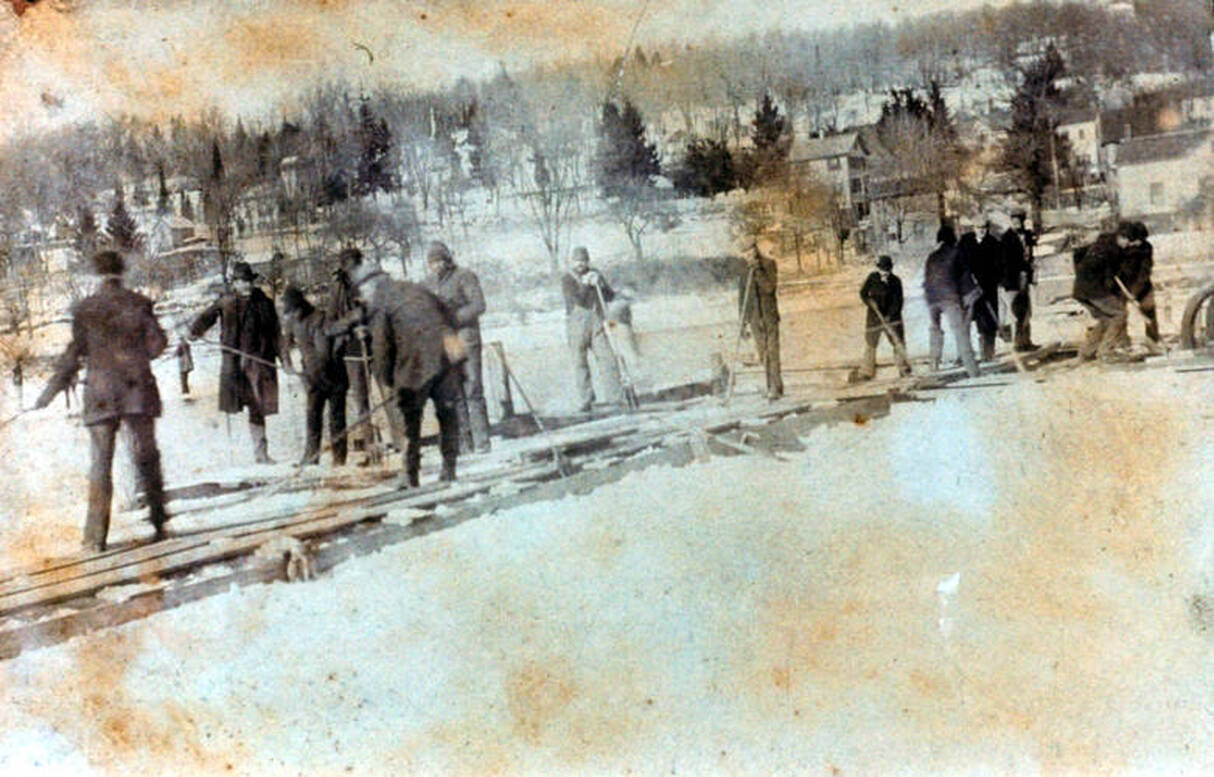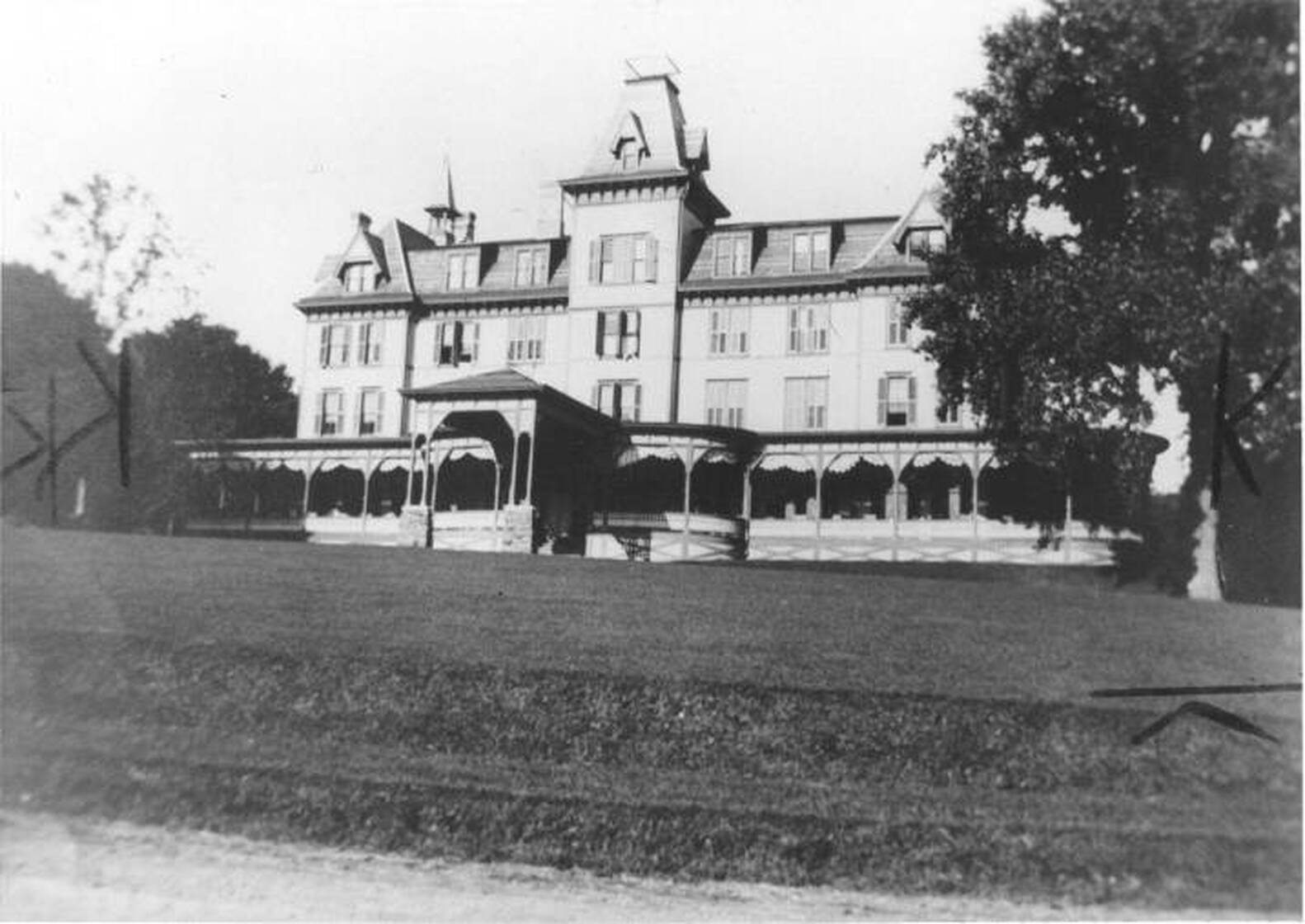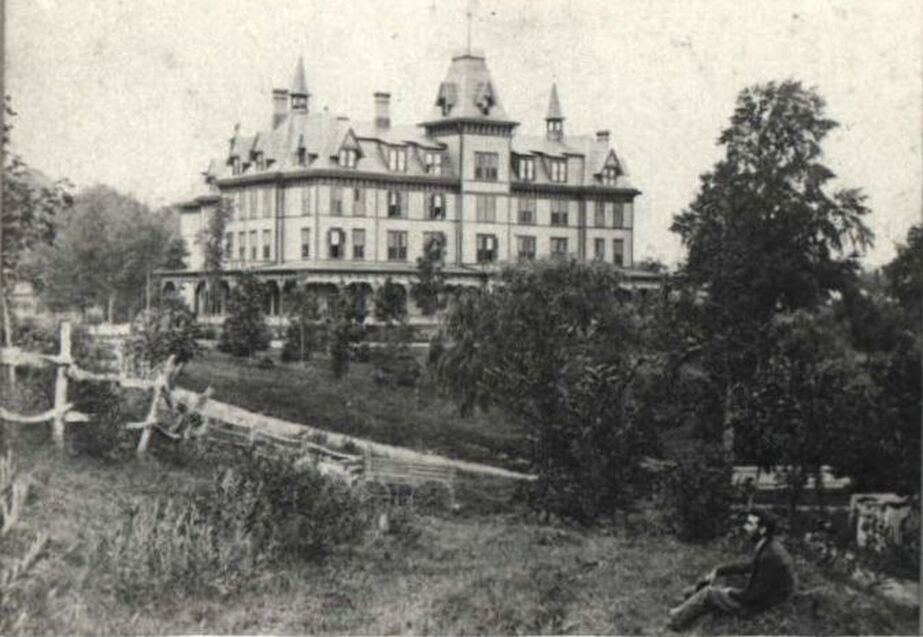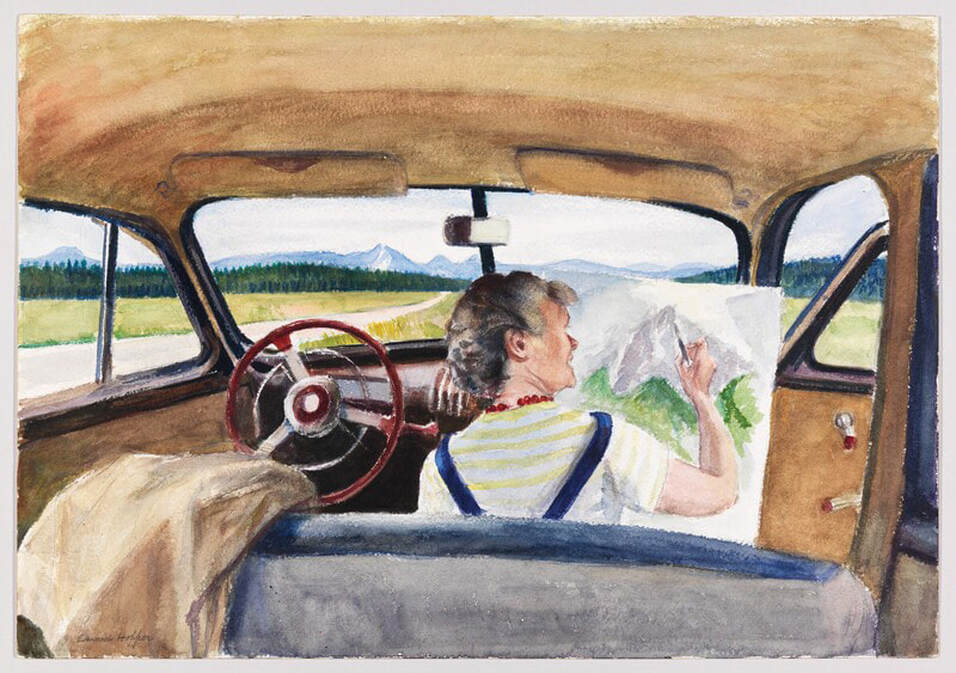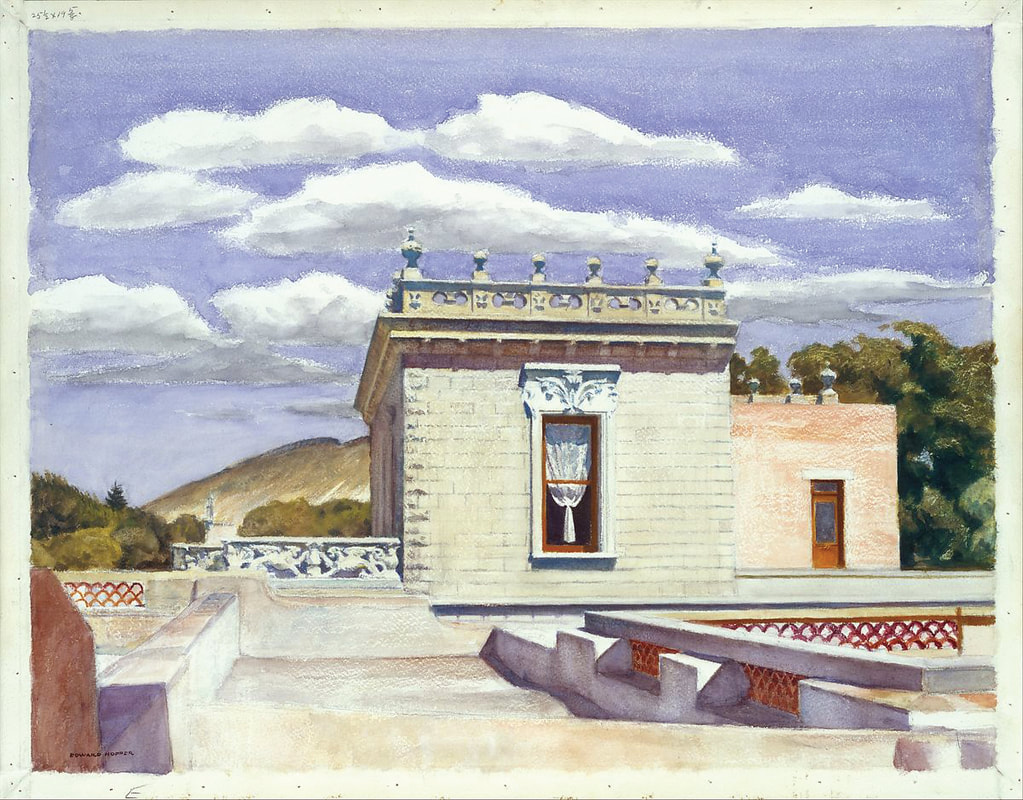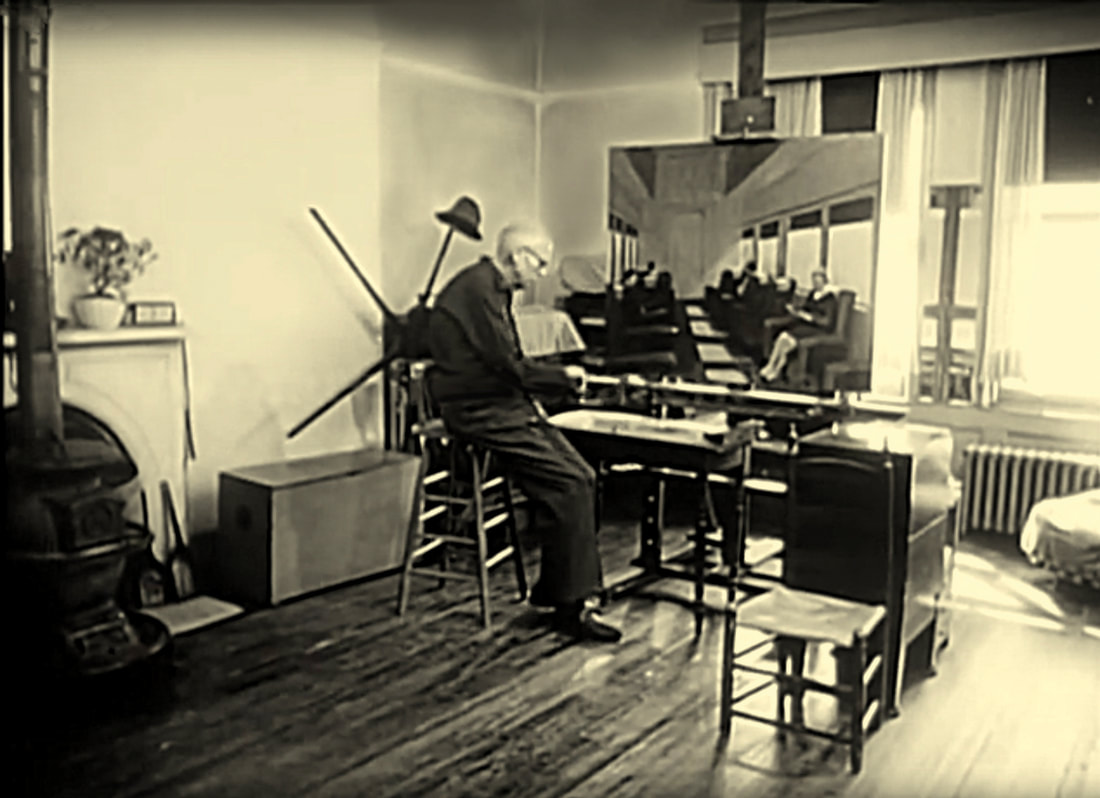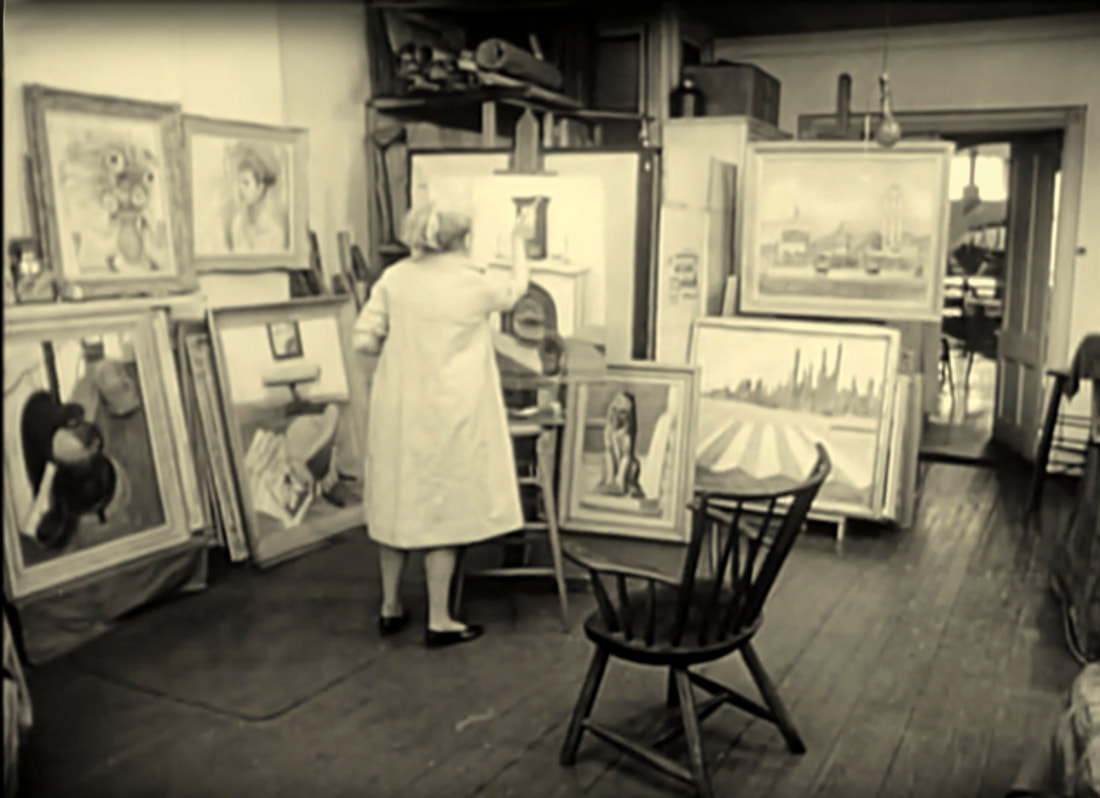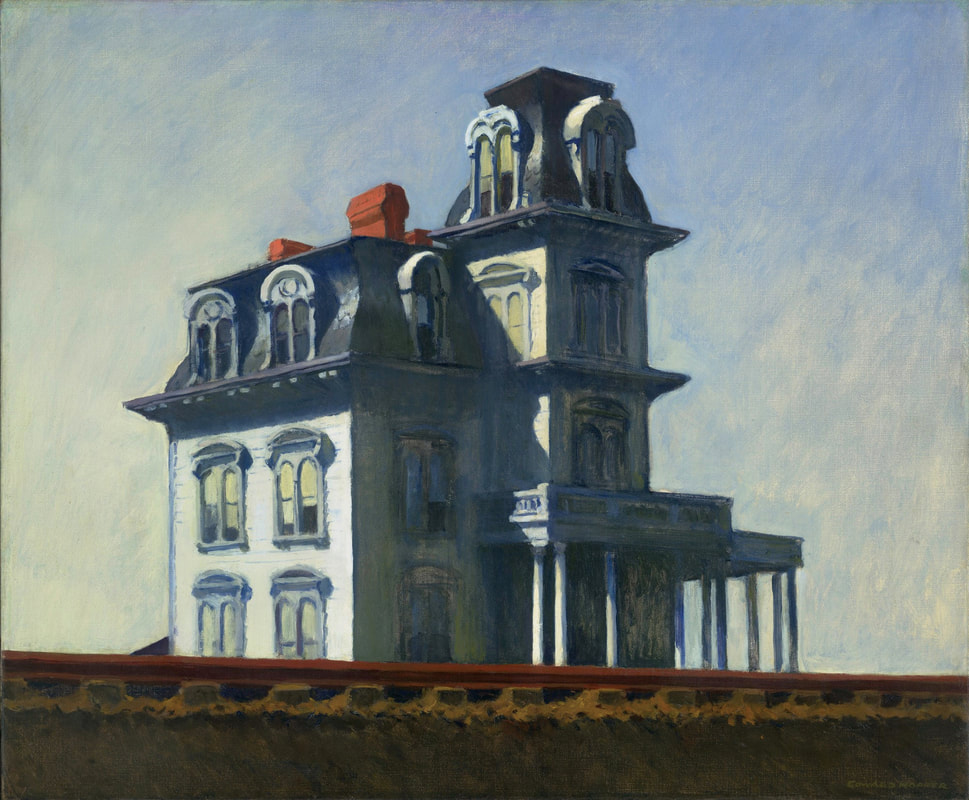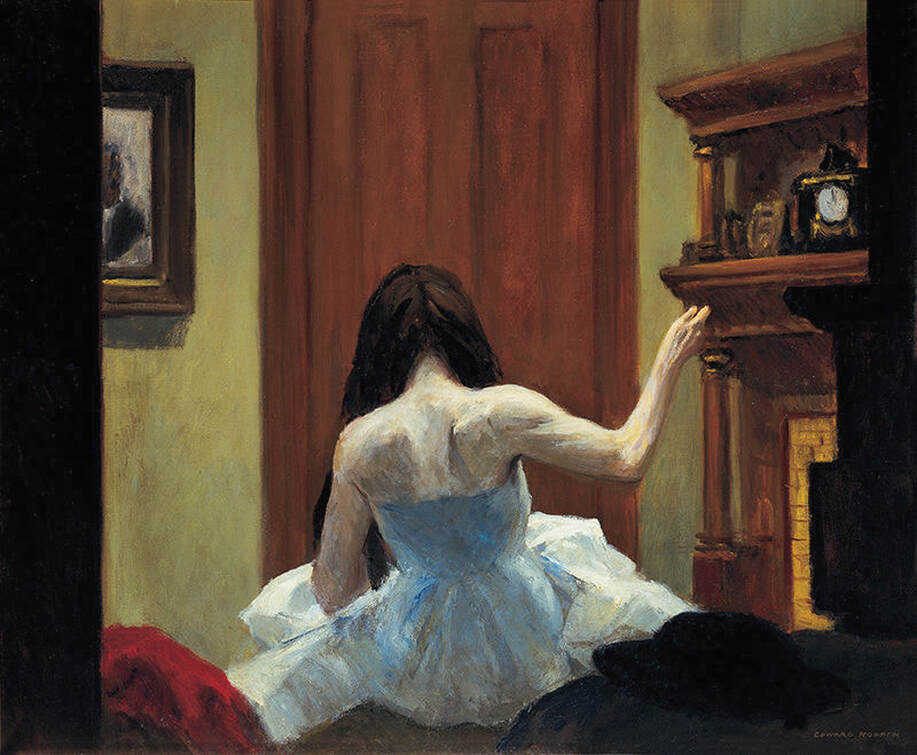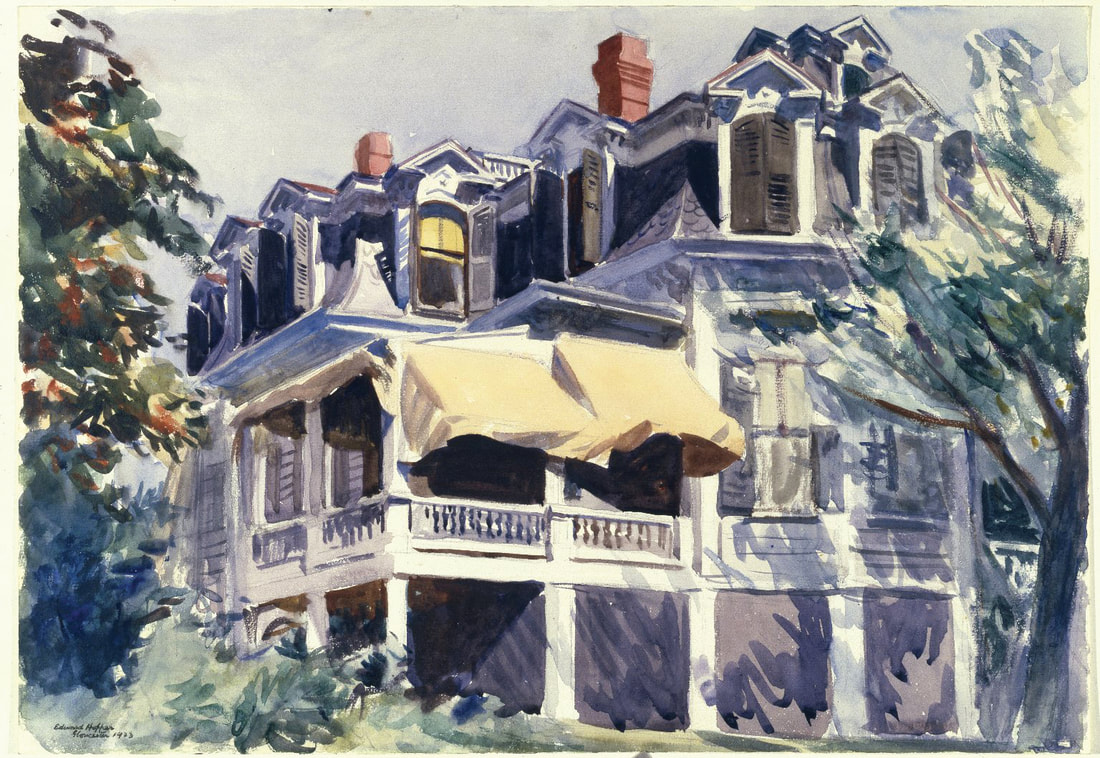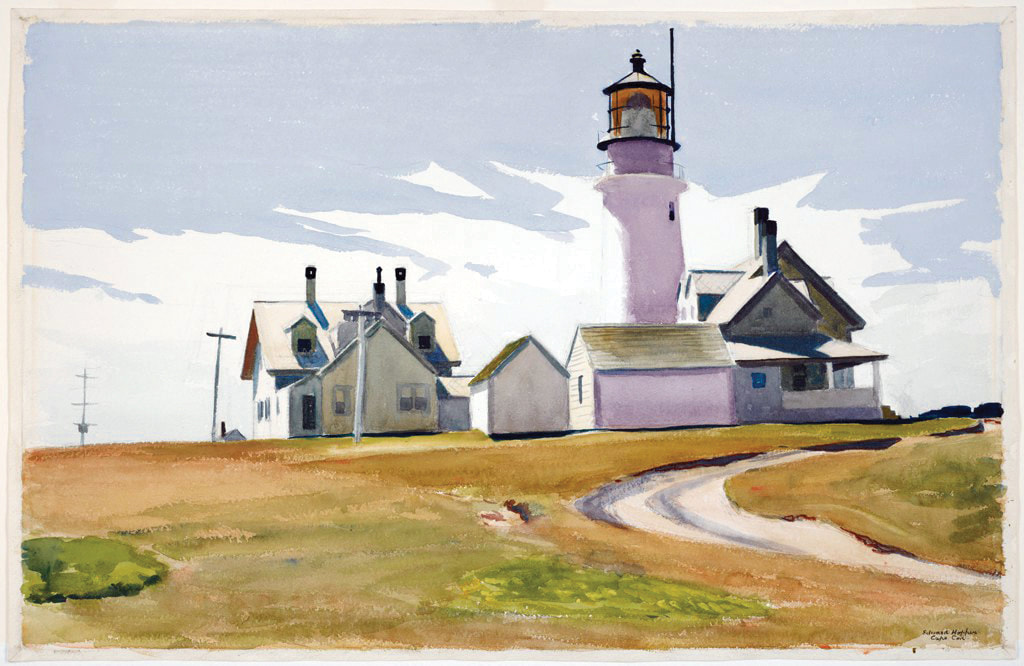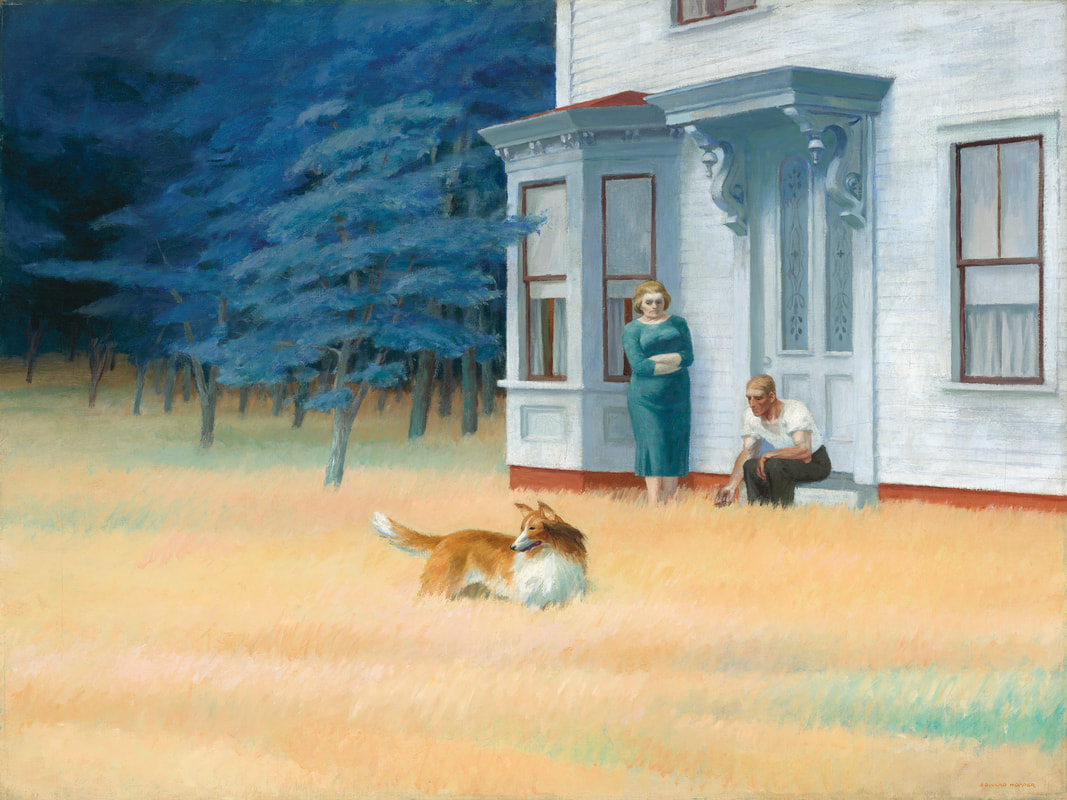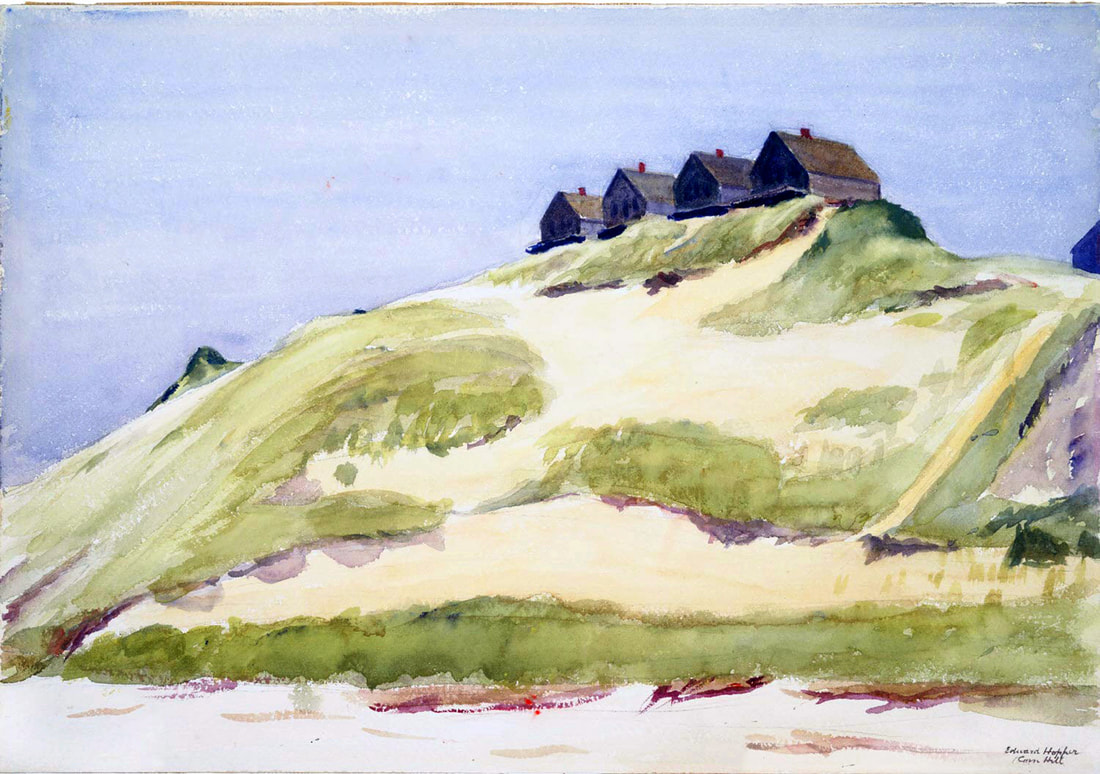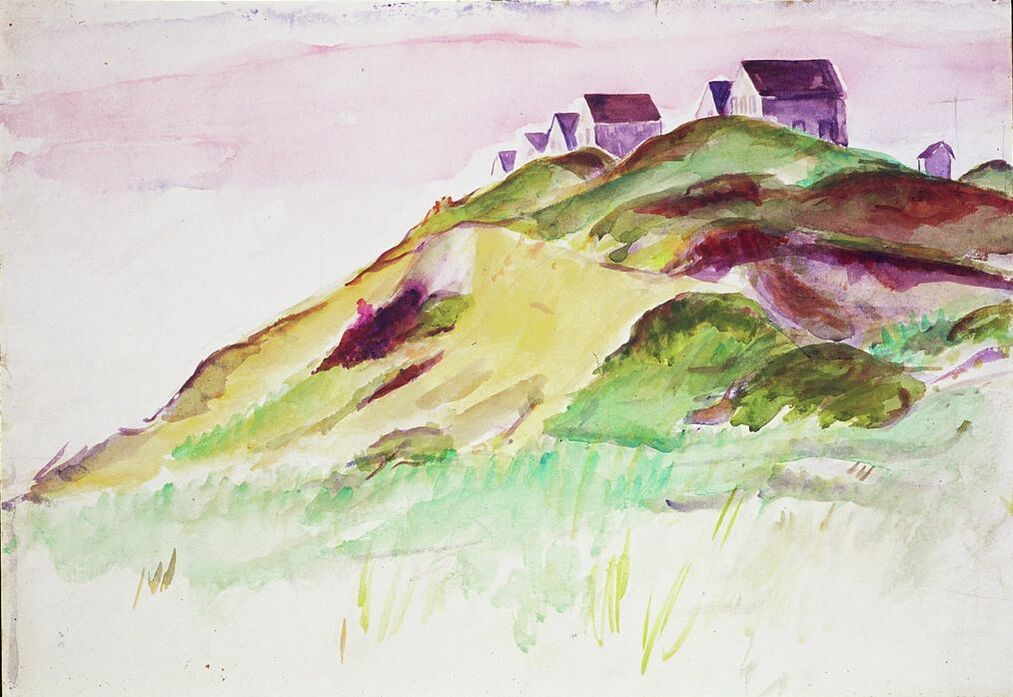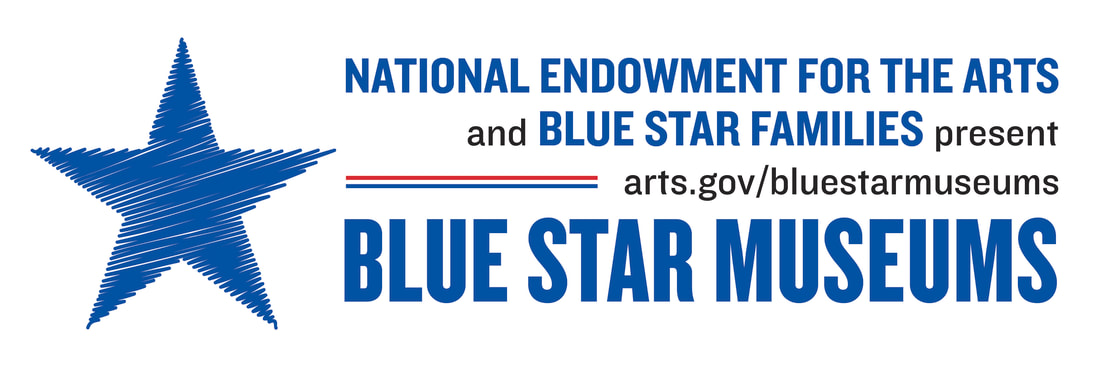From the porch of the historic "Hopper House," one may imagine a tall, reserved boy looking down Nyack’s Second Avenue towards the Hudson River dotted with boats at work and at play.
At Edward Hopper House Museum & Study Center house today, one may easily see much of what intrigued young Edward Hopper in the world around him and what became significant in his mature paintings and drawings. In any direction, the village of Nyack retains much of the scale and quality it had when Hopper was a youth. Permeating this locale is a quality of light that Hopper returned to throughout his long career as a painter.
Discover, through this walking tour, influences that helped shape this iconic American artist.
At Edward Hopper House Museum & Study Center house today, one may easily see much of what intrigued young Edward Hopper in the world around him and what became significant in his mature paintings and drawings. In any direction, the village of Nyack retains much of the scale and quality it had when Hopper was a youth. Permeating this locale is a quality of light that Hopper returned to throughout his long career as a painter.
Discover, through this walking tour, influences that helped shape this iconic American artist.
LOCATION TOPICS (click link to "skip the scroll" to topic):
1. Hopper Home
2. Miss Dickey's School
3. First Baptist Church
4. "Pretty Penny"
5. "Seven A.M."
6. "The Lee Shore"
7. "Hook Mountain"
(Historic): Byron W. Church's Boatyard, Smith's Ship Yard
8. "Little Boy Looking at the Sea"
9. Hopper's Friends (on First)
10. Mazeppa Engine Co. #2
11. G. H. Hopper's Dry Goods Store
12. Oak Hill Cemetery
(Historic): Turn of the Century Nyack: Main Street & Broadway
(Historic): Neighborhood Notes: Organ Factory, Victorian Houses
(Historic): Heading toward Hook Mountain
(Historic): Shipyards & Shoreline: Burd Street Dock, Nyack Rowing Club
(Historic): Turn of the Century Transport: Trains, Ferries, Coaches, Cars
(Historic): A Thorough Education: Rockland Female Institute, Liberty Street School, Shoe Factories
(Historic): Leisure Activities: Cycling, Boats, Y.M.C.A, Staying Cool, Summer Destination
1. Hopper Home
2. Miss Dickey's School
3. First Baptist Church
4. "Pretty Penny"
5. "Seven A.M."
6. "The Lee Shore"
7. "Hook Mountain"
(Historic): Byron W. Church's Boatyard, Smith's Ship Yard
8. "Little Boy Looking at the Sea"
9. Hopper's Friends (on First)
10. Mazeppa Engine Co. #2
11. G. H. Hopper's Dry Goods Store
12. Oak Hill Cemetery
(Historic): Turn of the Century Nyack: Main Street & Broadway
(Historic): Neighborhood Notes: Organ Factory, Victorian Houses
(Historic): Heading toward Hook Mountain
(Historic): Shipyards & Shoreline: Burd Street Dock, Nyack Rowing Club
(Historic): Turn of the Century Transport: Trains, Ferries, Coaches, Cars
(Historic): A Thorough Education: Rockland Female Institute, Liberty Street School, Shoe Factories
(Historic): Leisure Activities: Cycling, Boats, Y.M.C.A, Staying Cool, Summer Destination
We have also included interesting historical aspects here with illustrative photographs and notes to help contextualize the time in which Edward Hopper lived in Nyack. The sites appearing in RED may not be extant, nor open to the public, and are APPROXIMATELY located.
